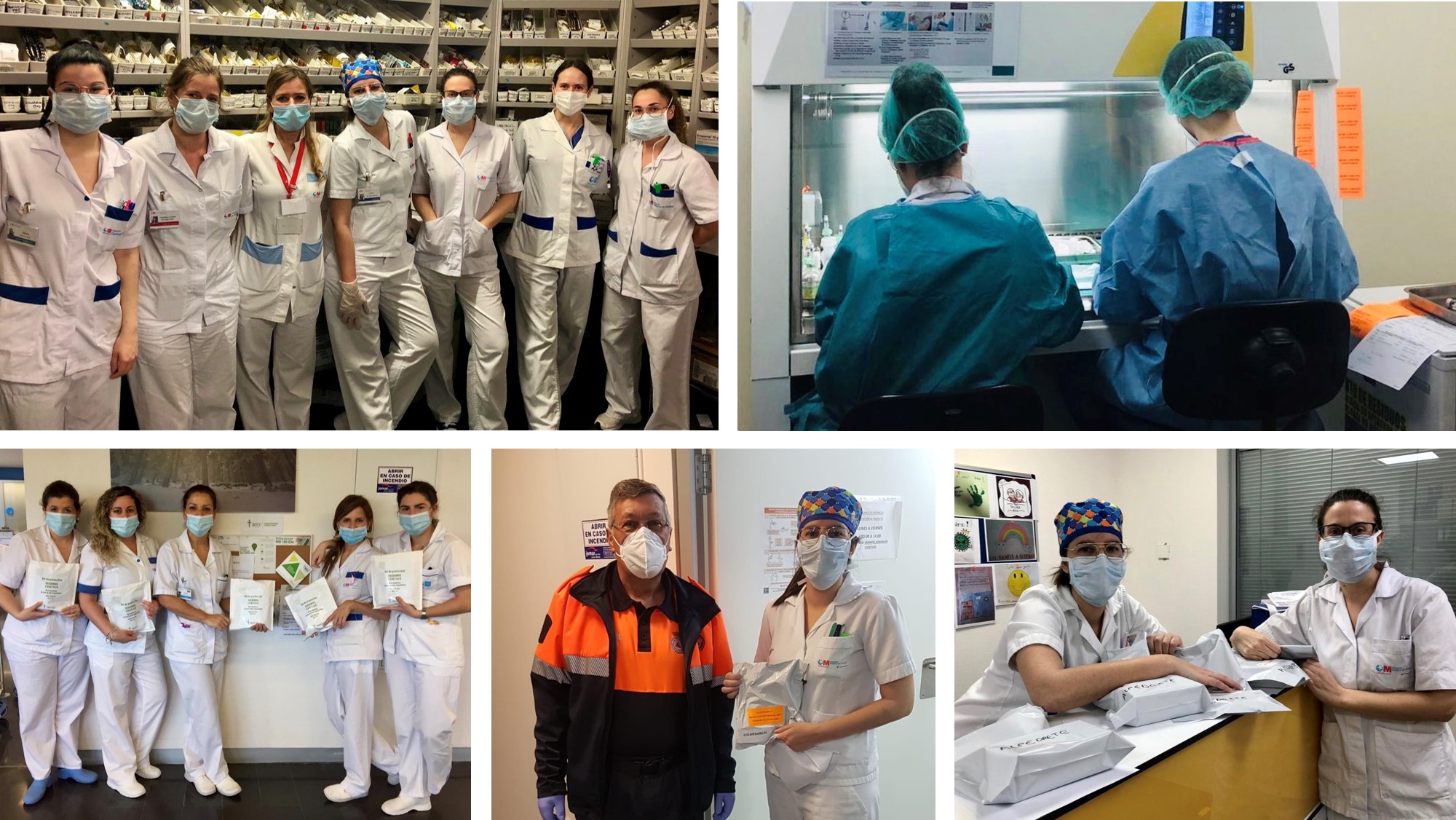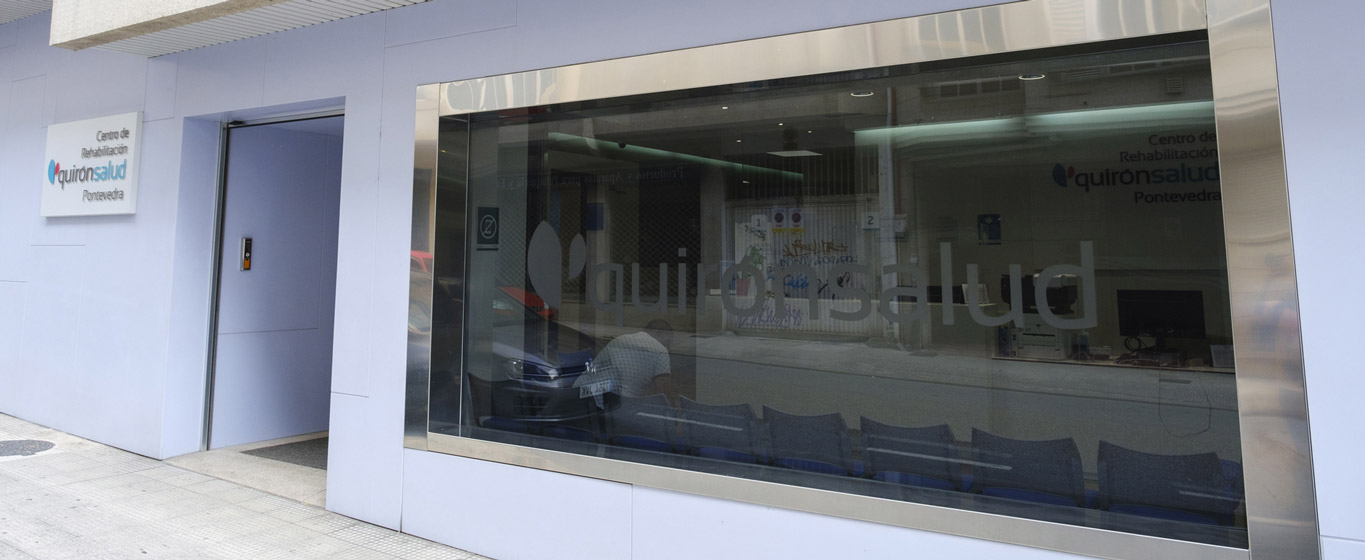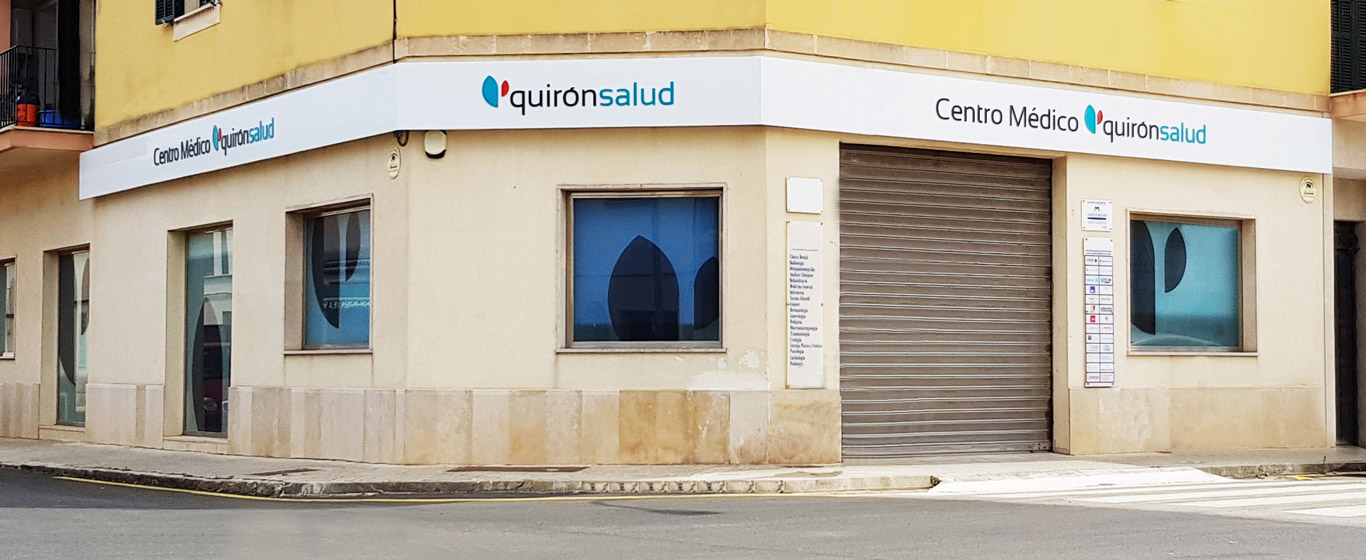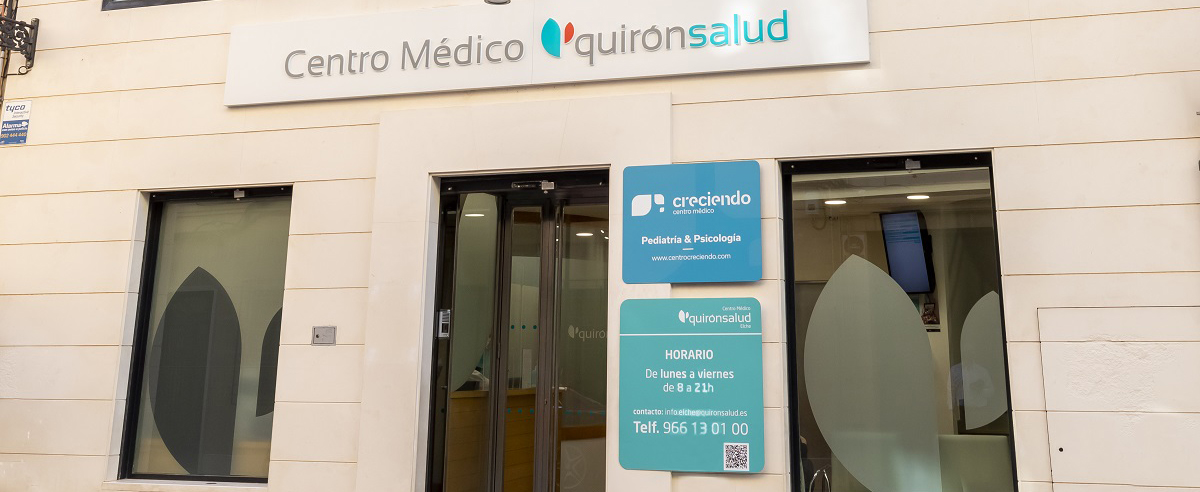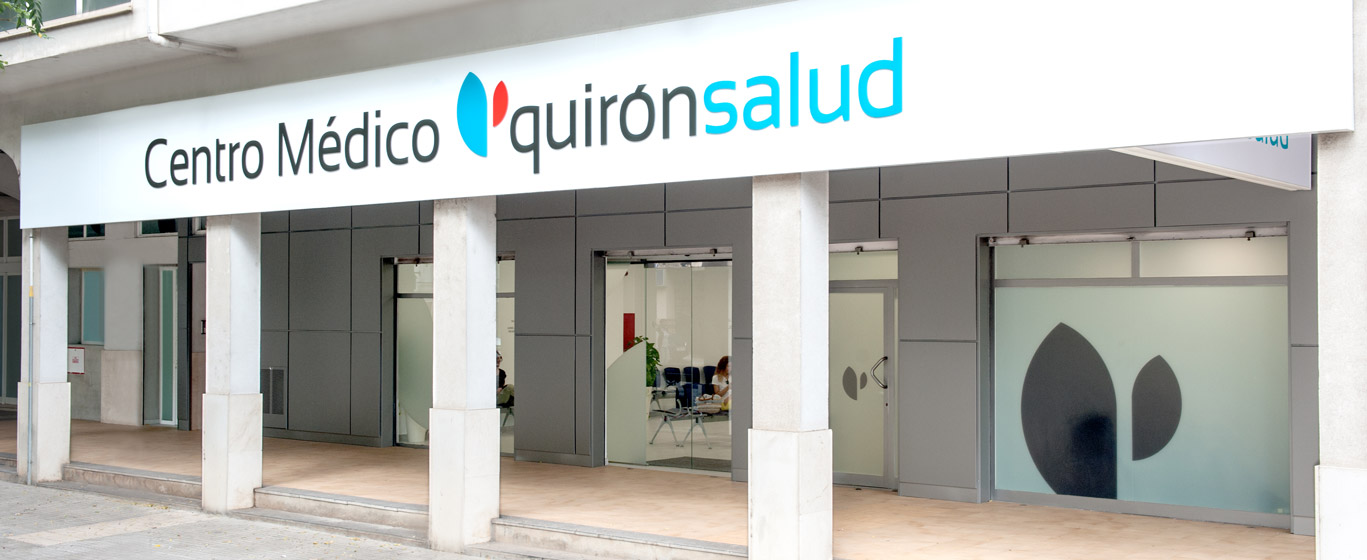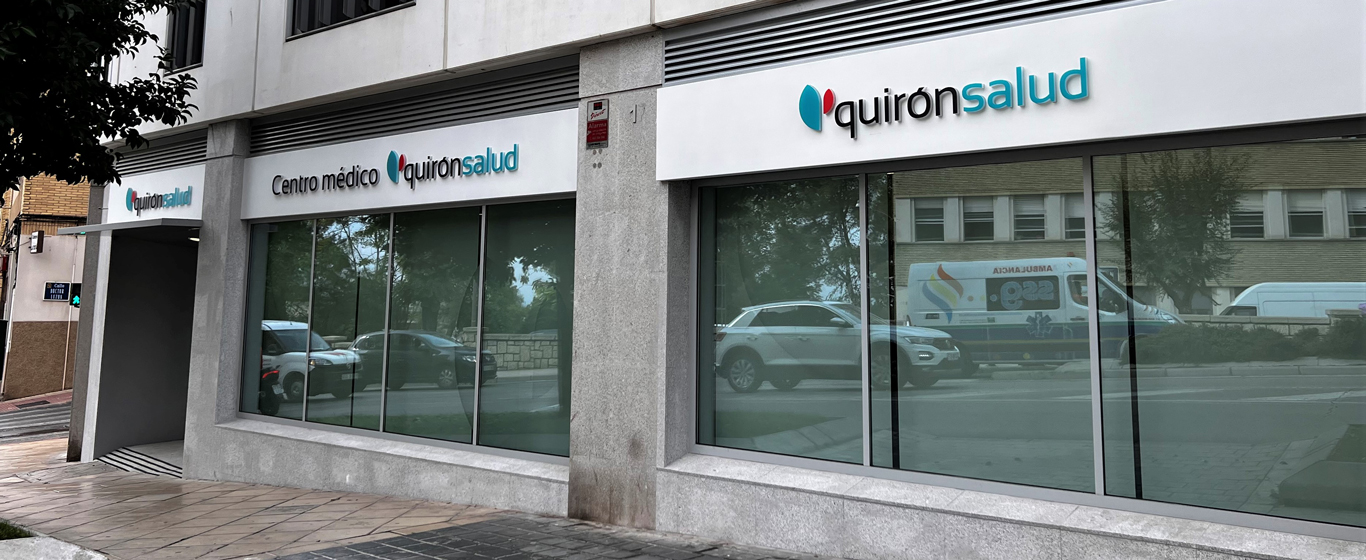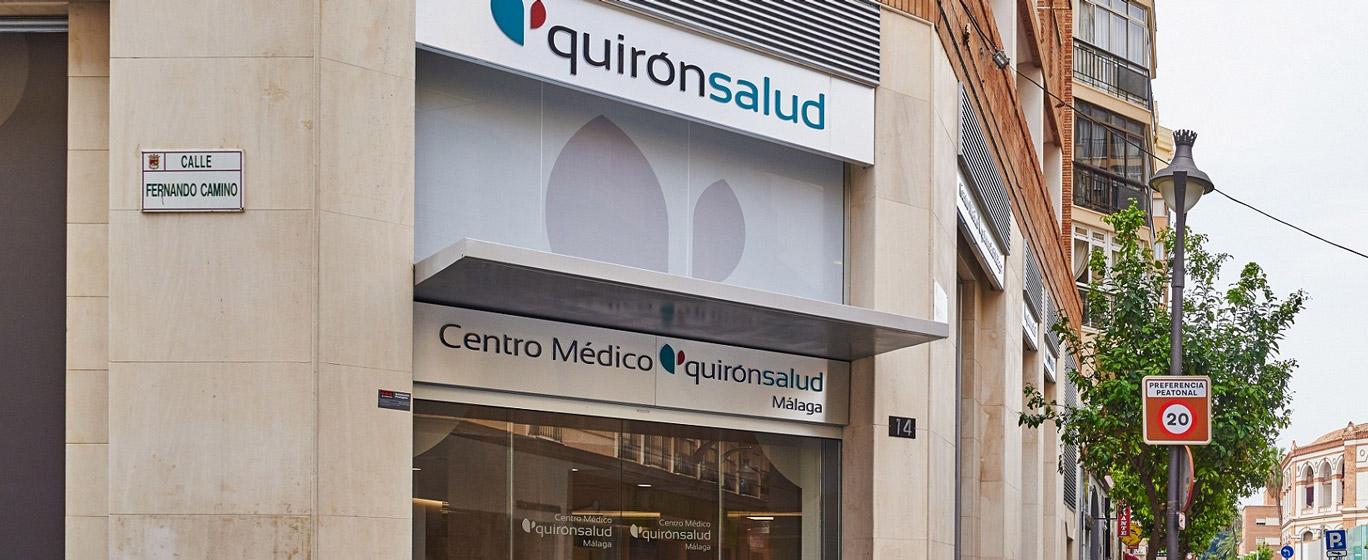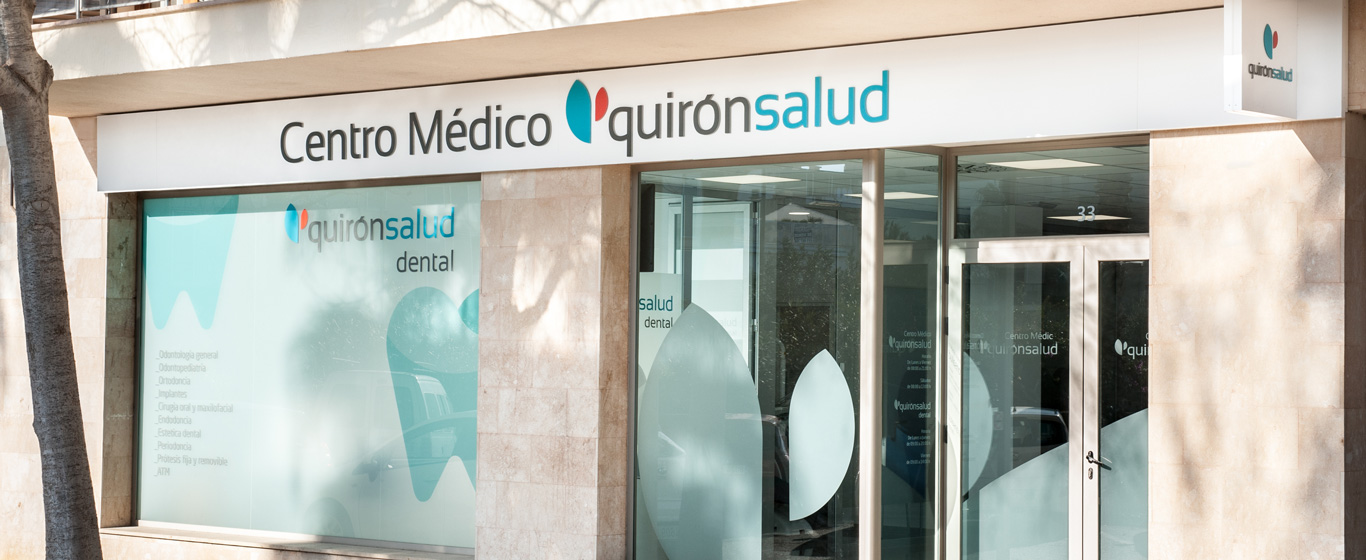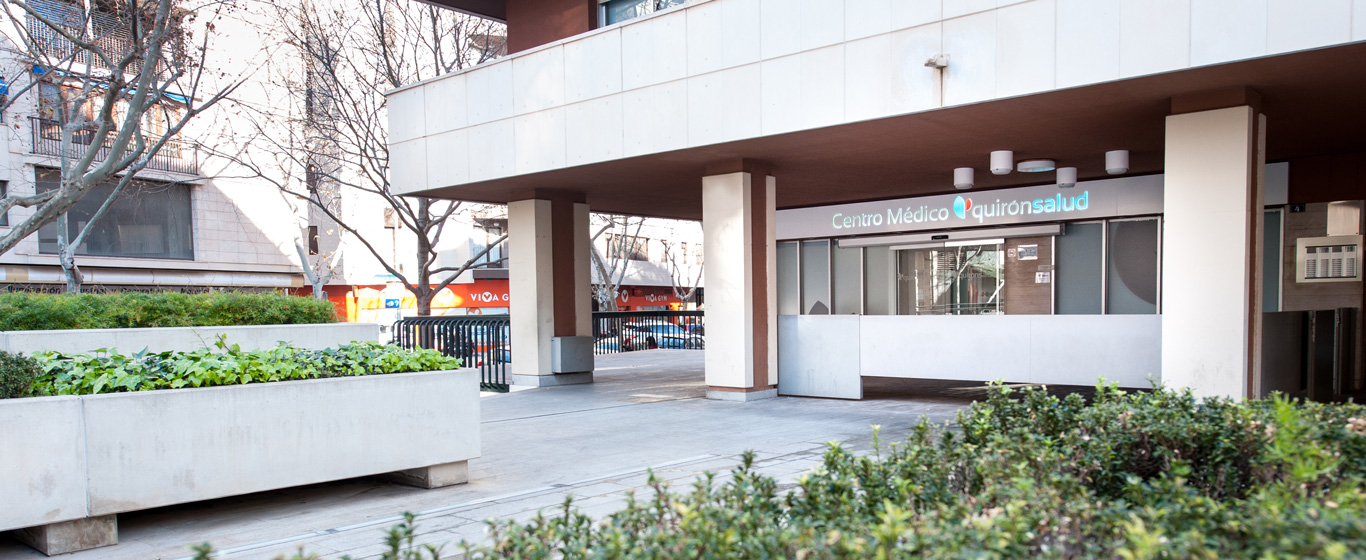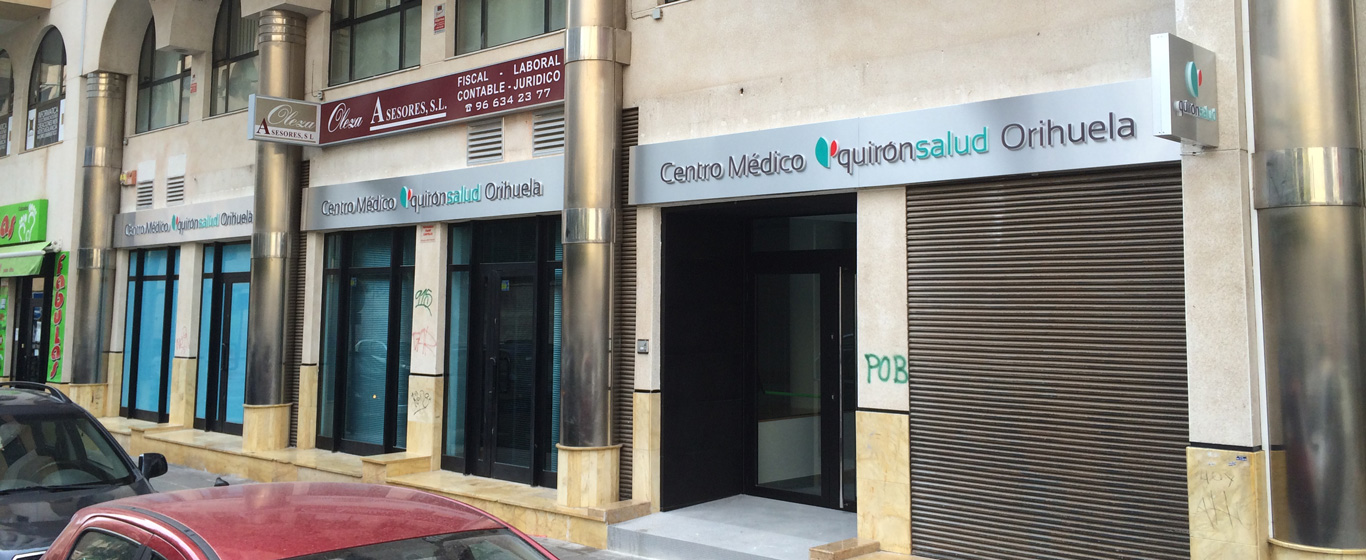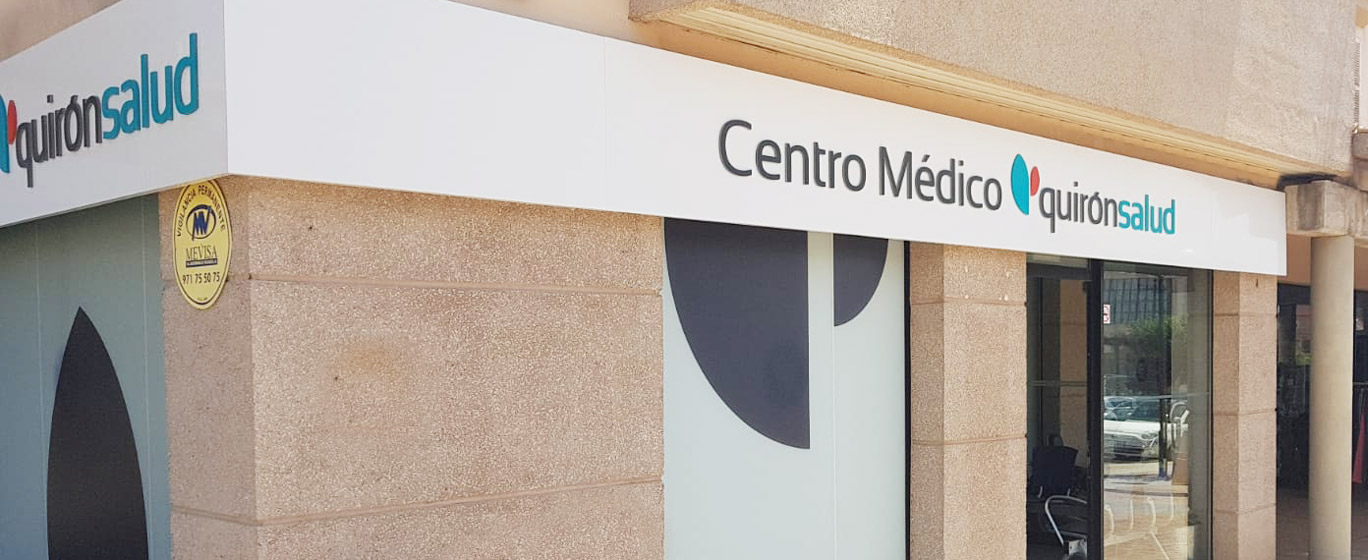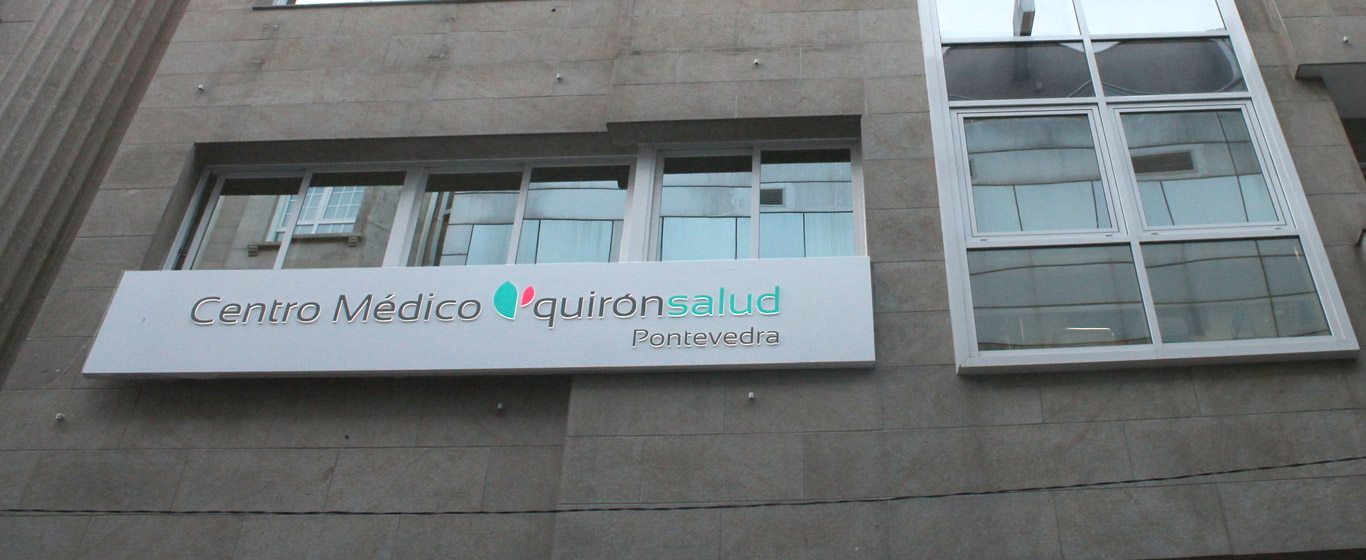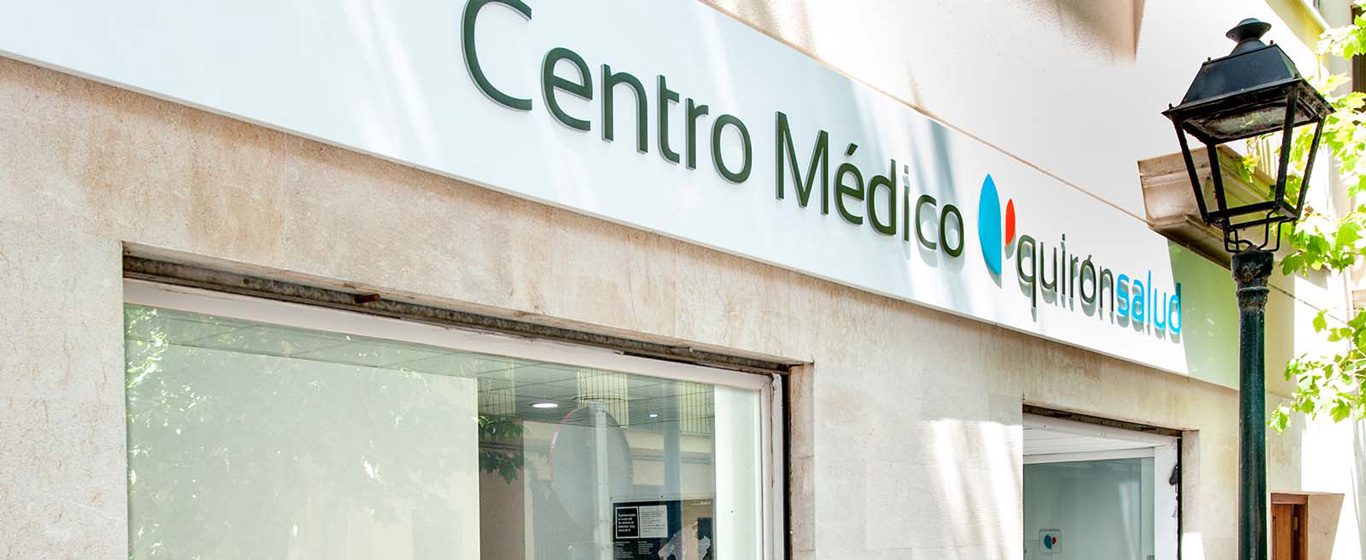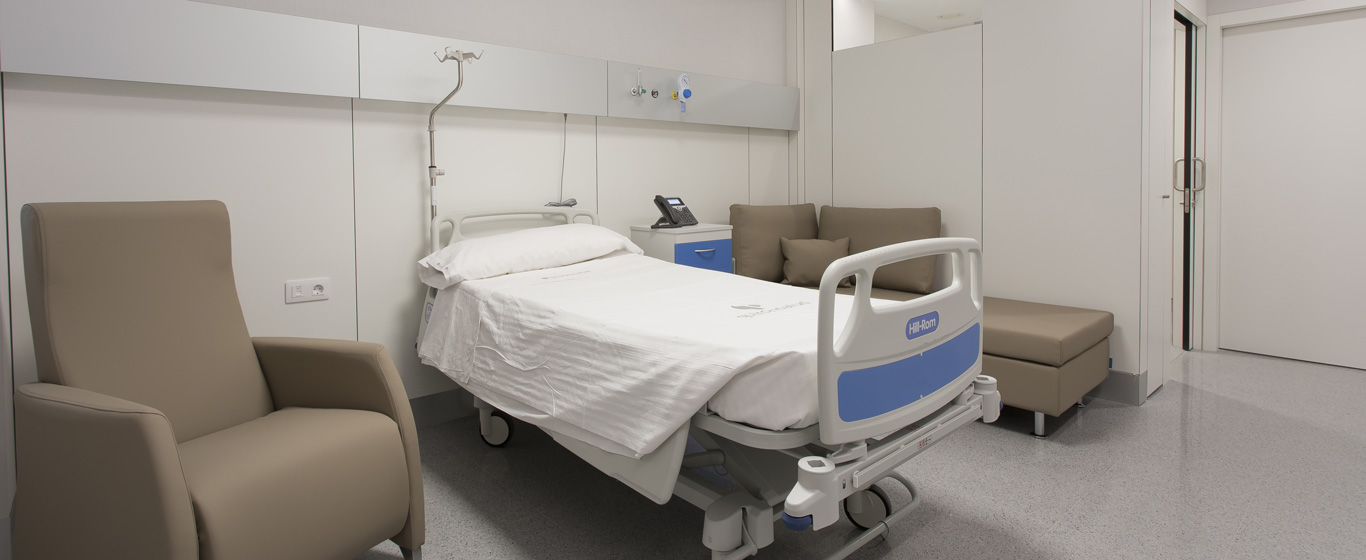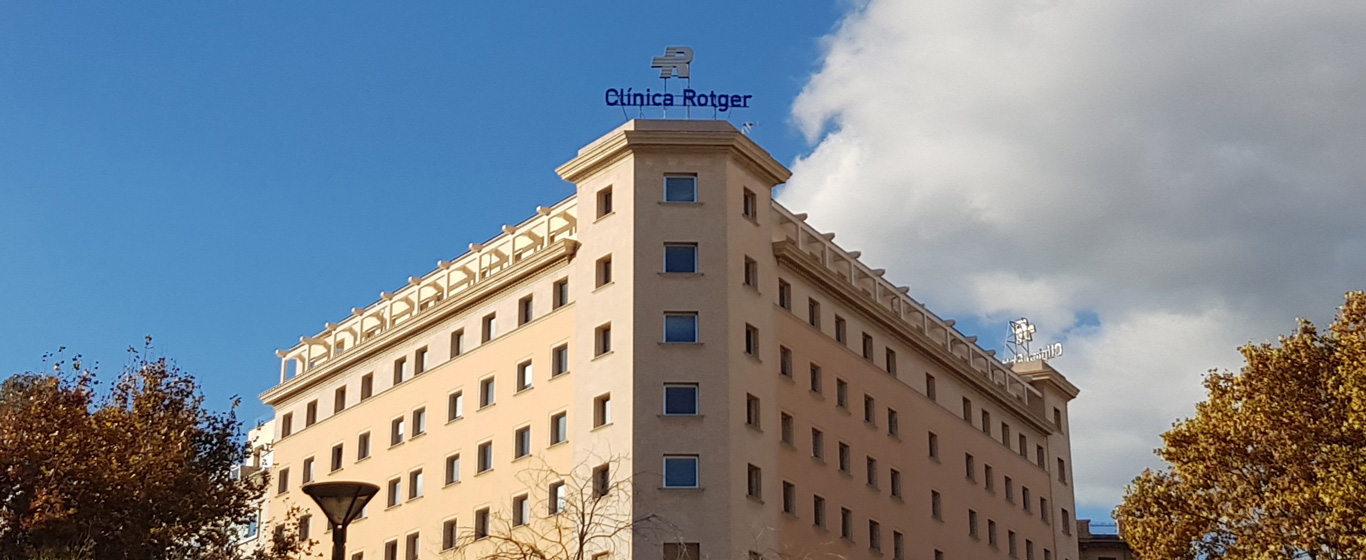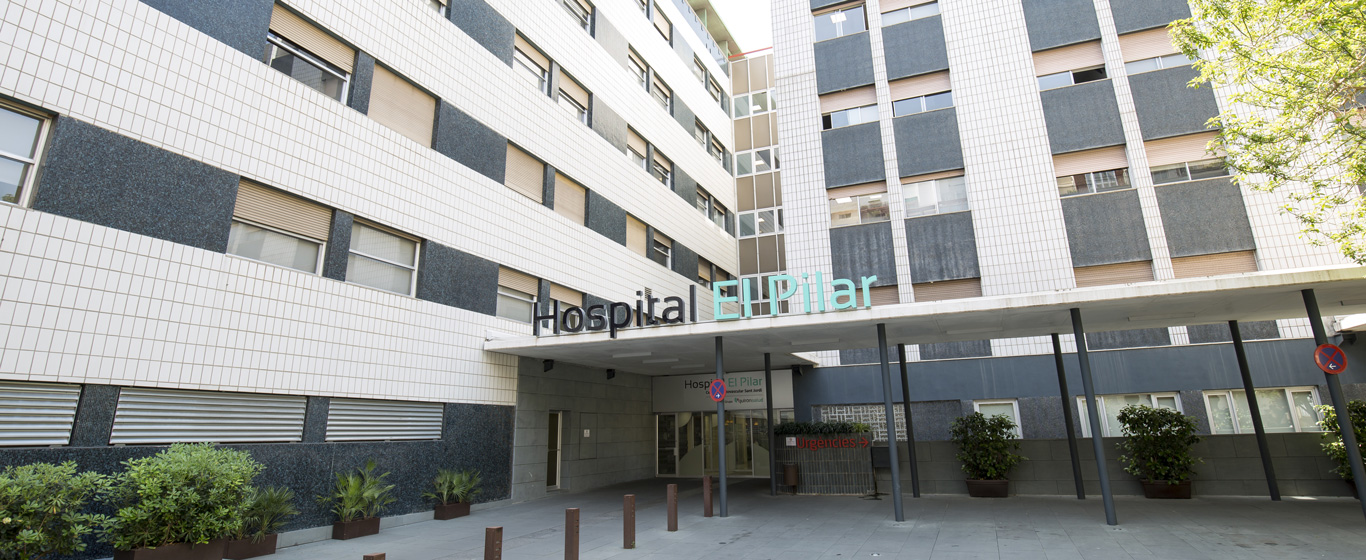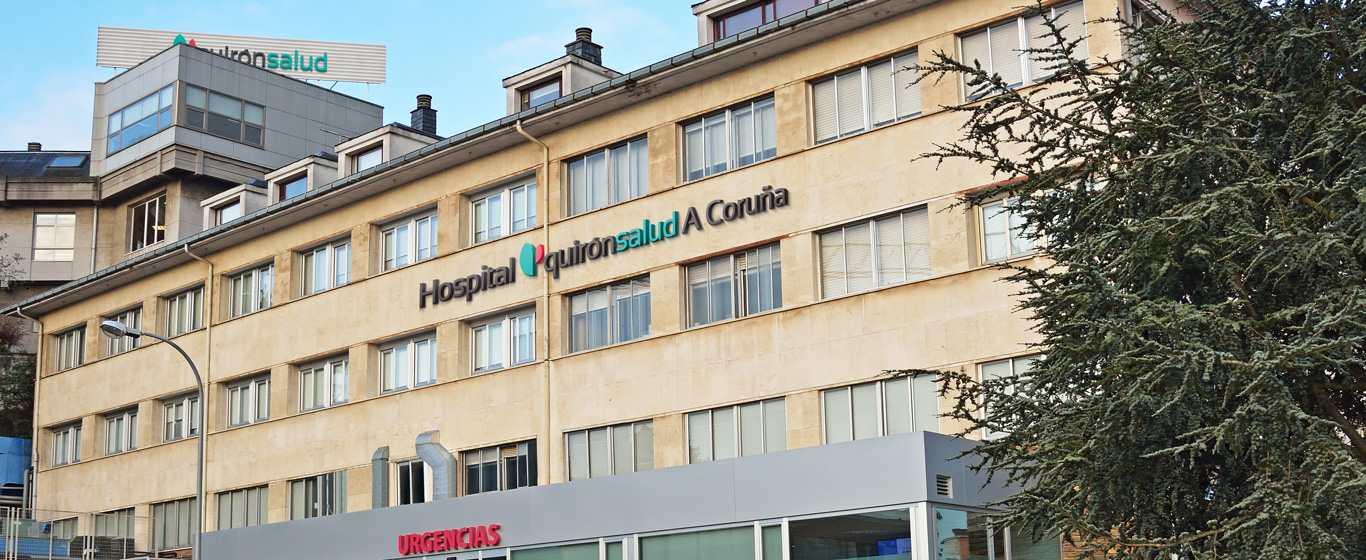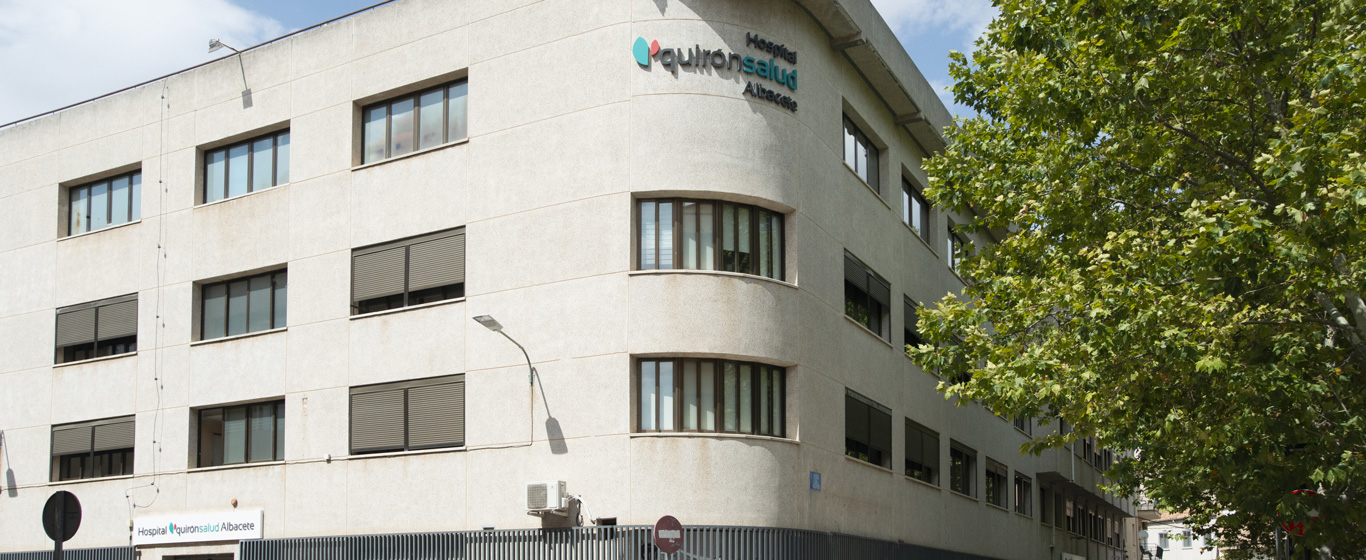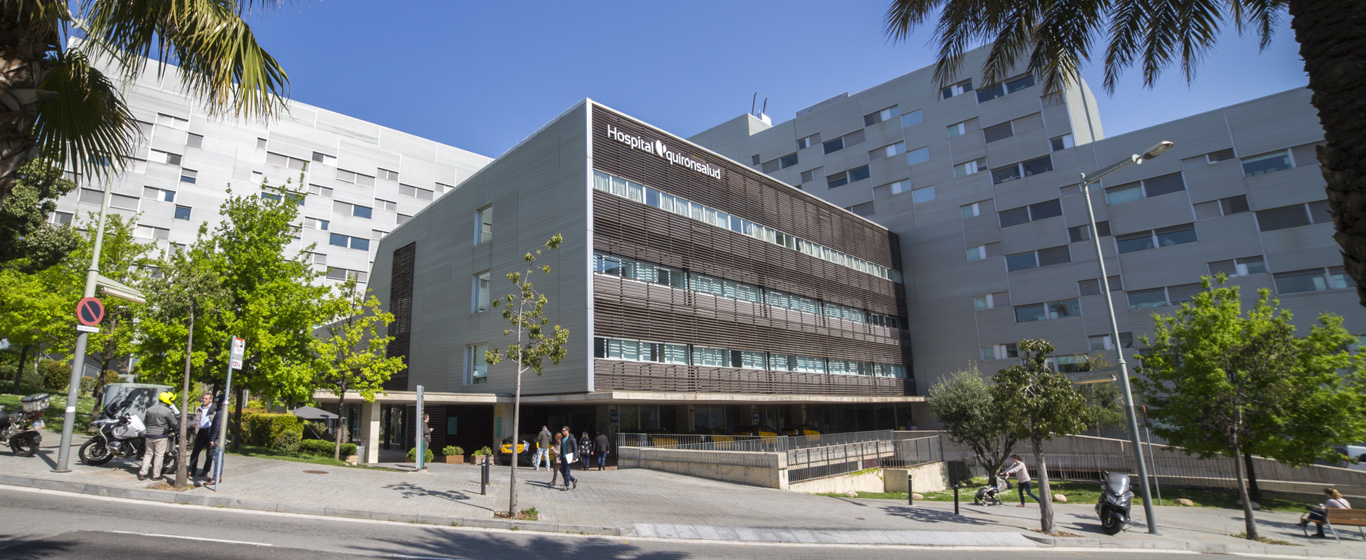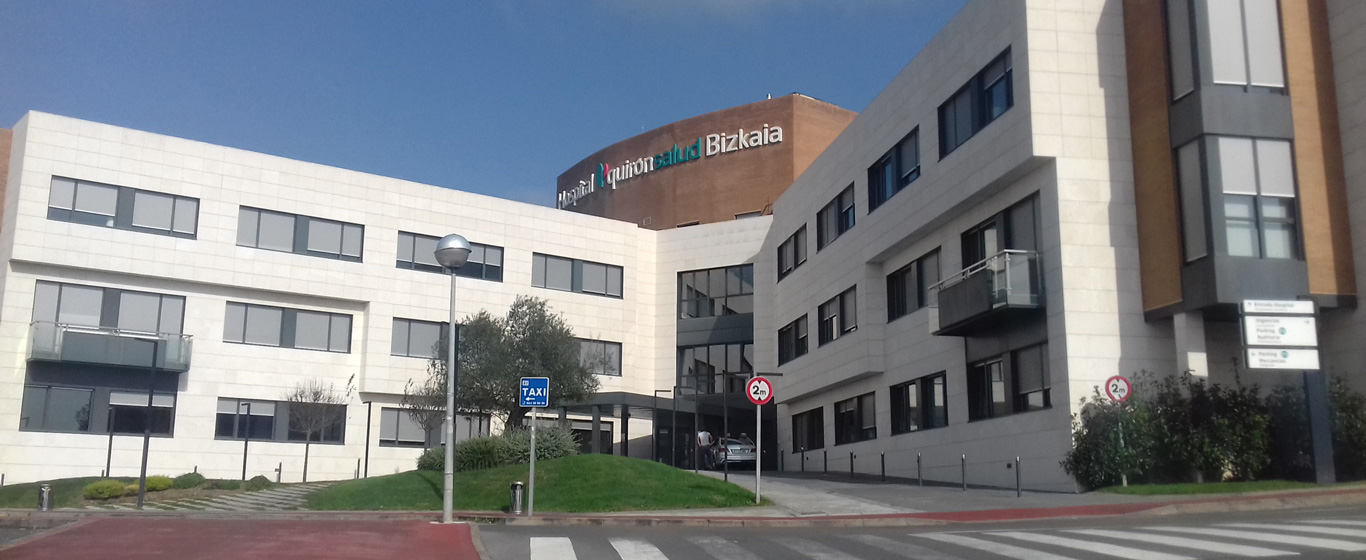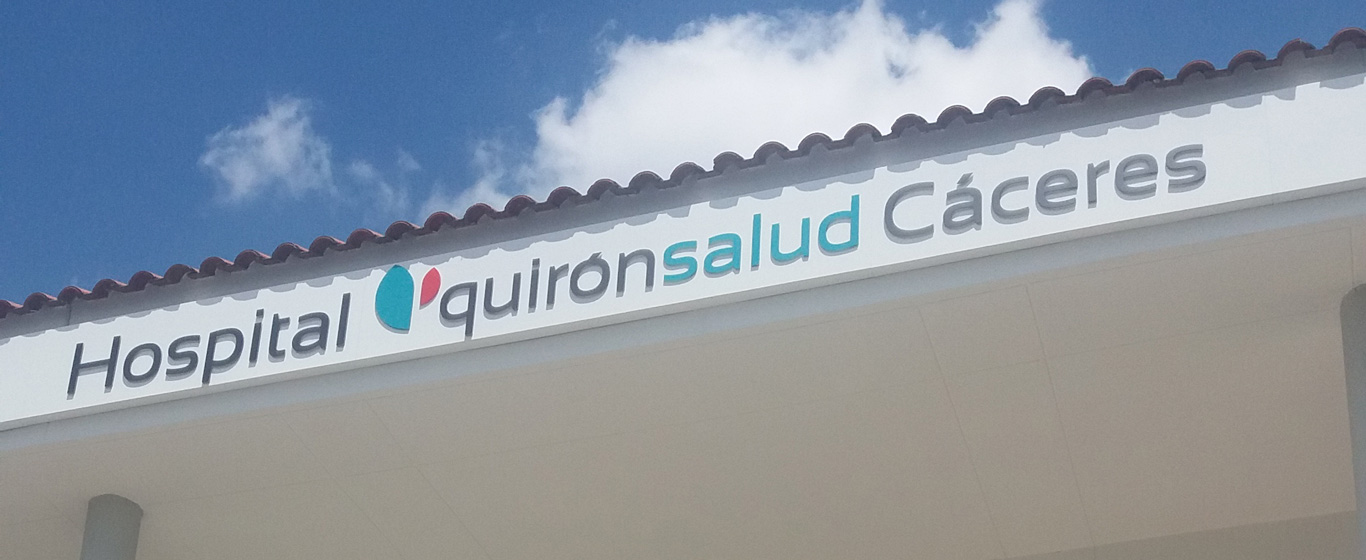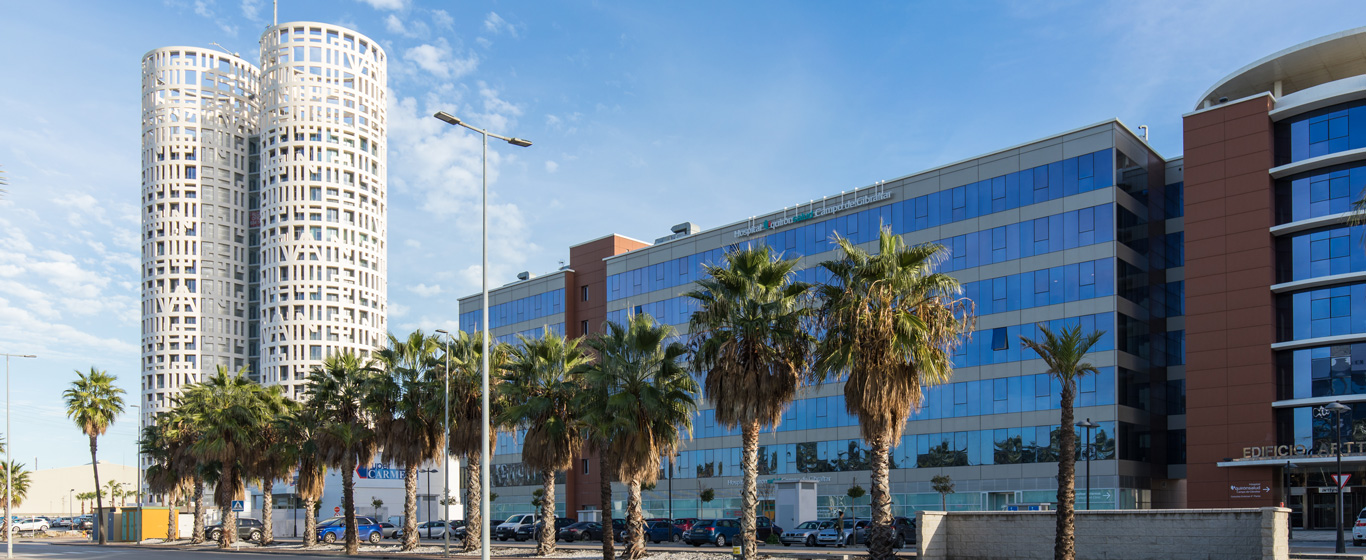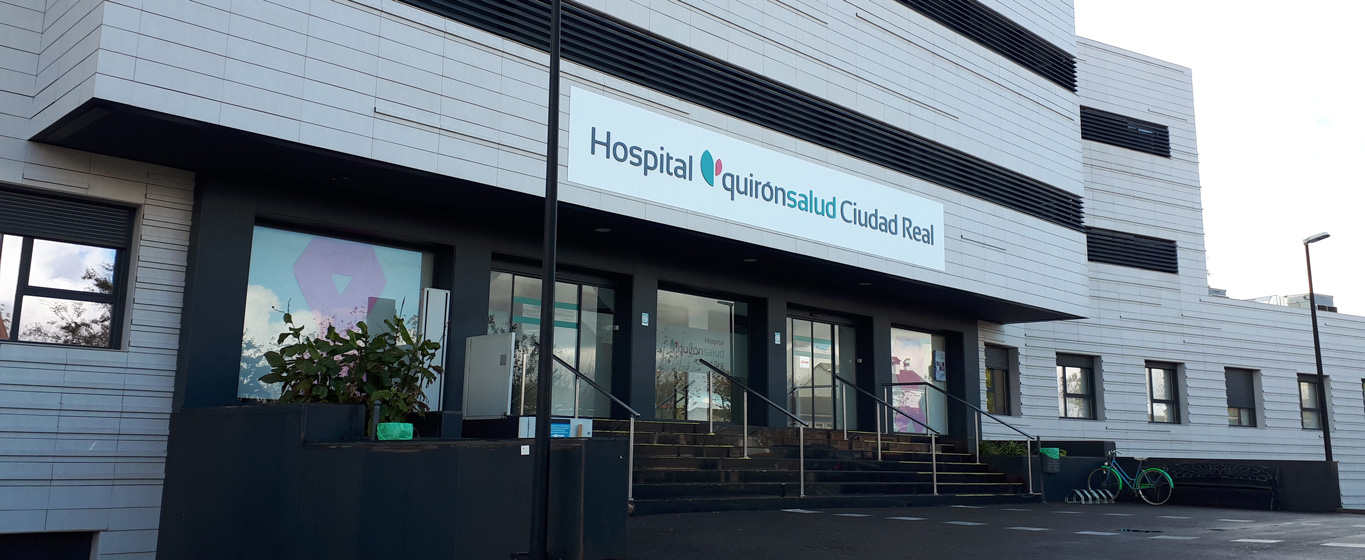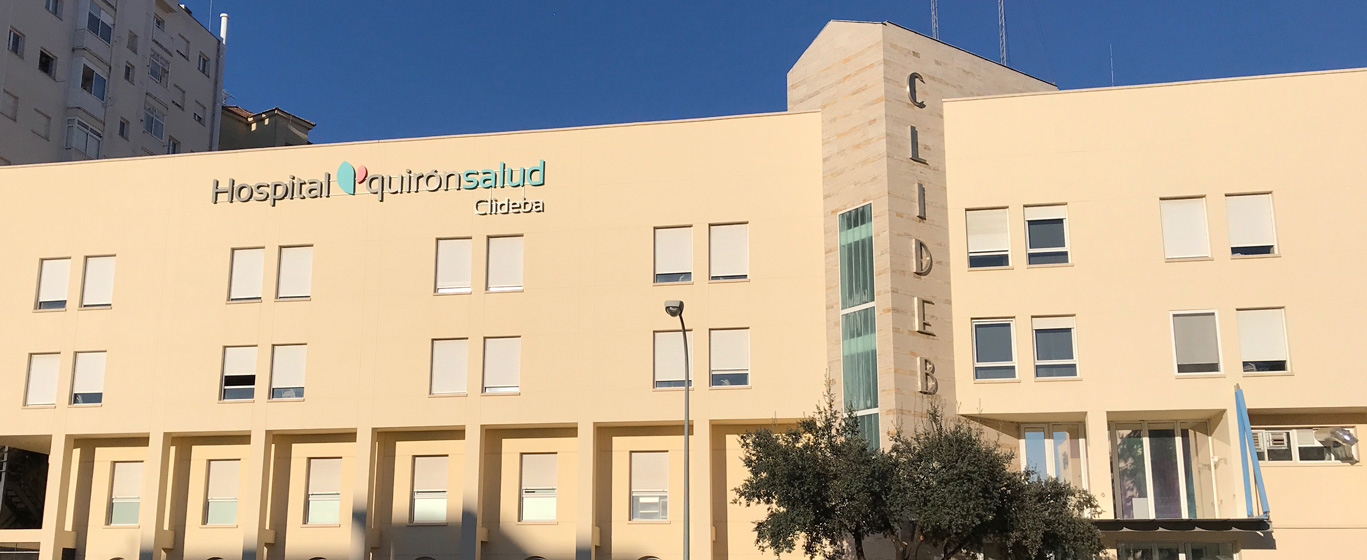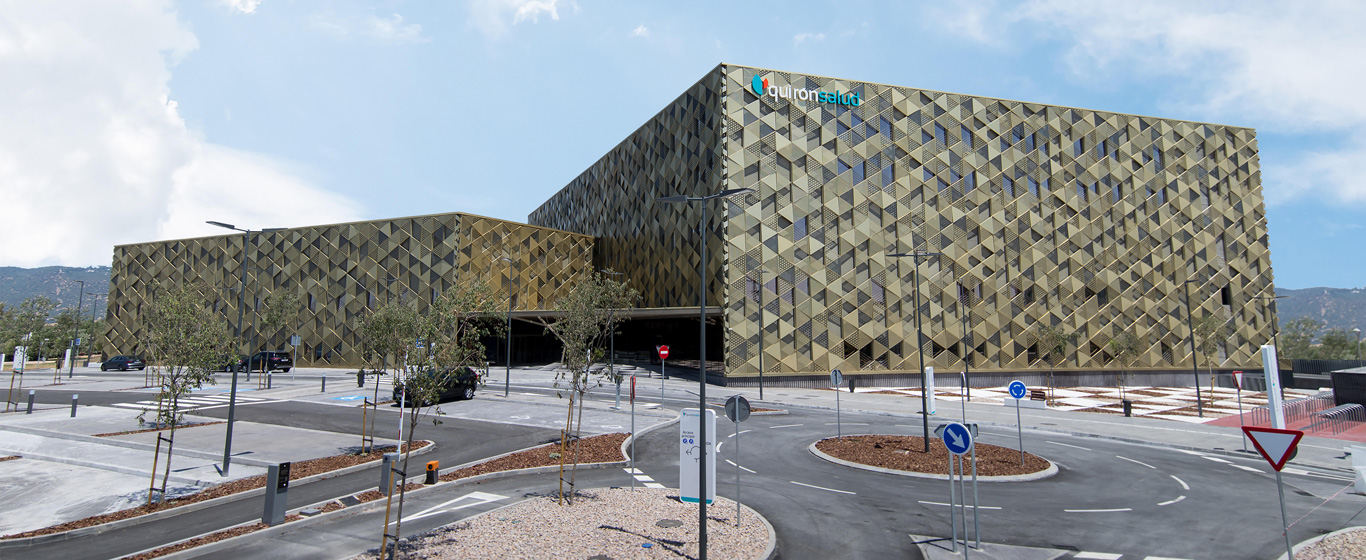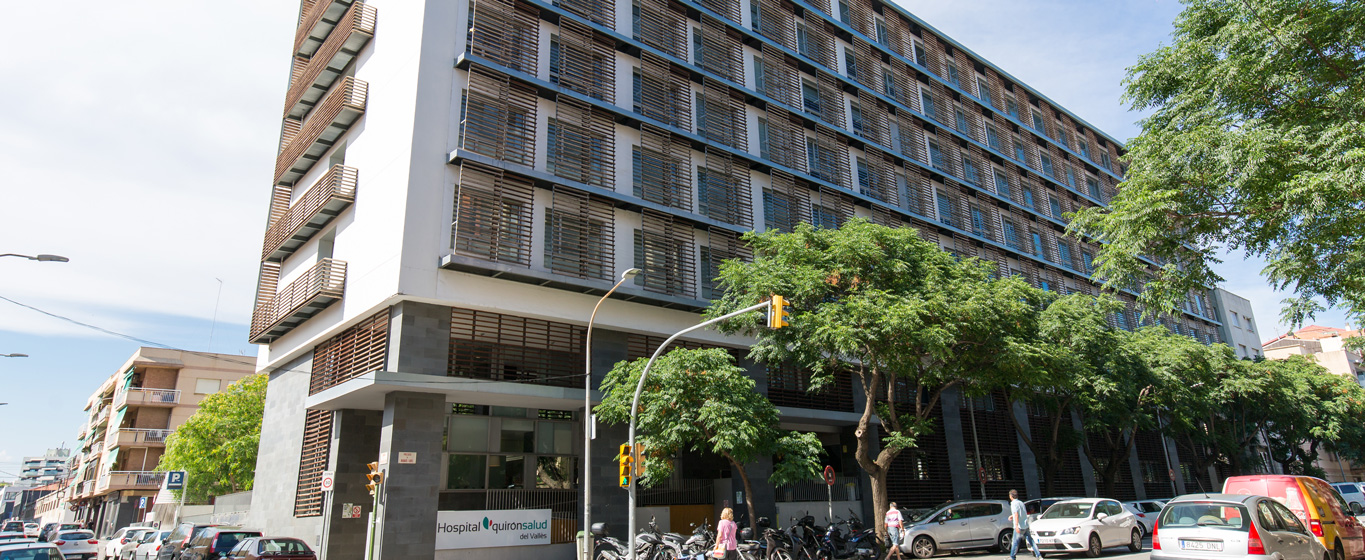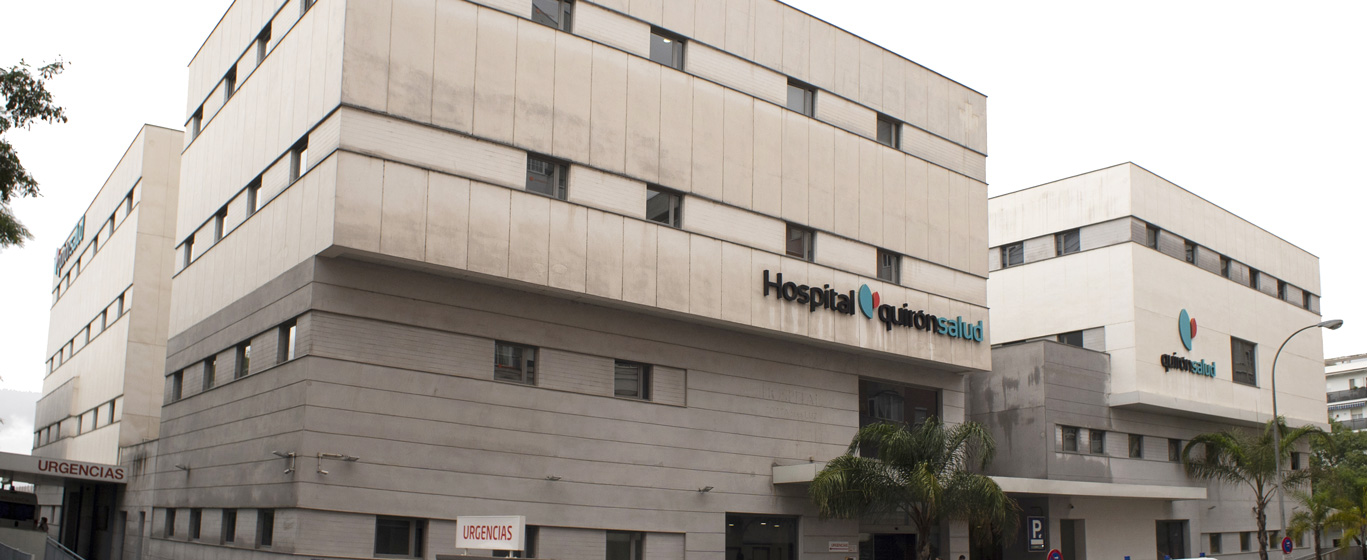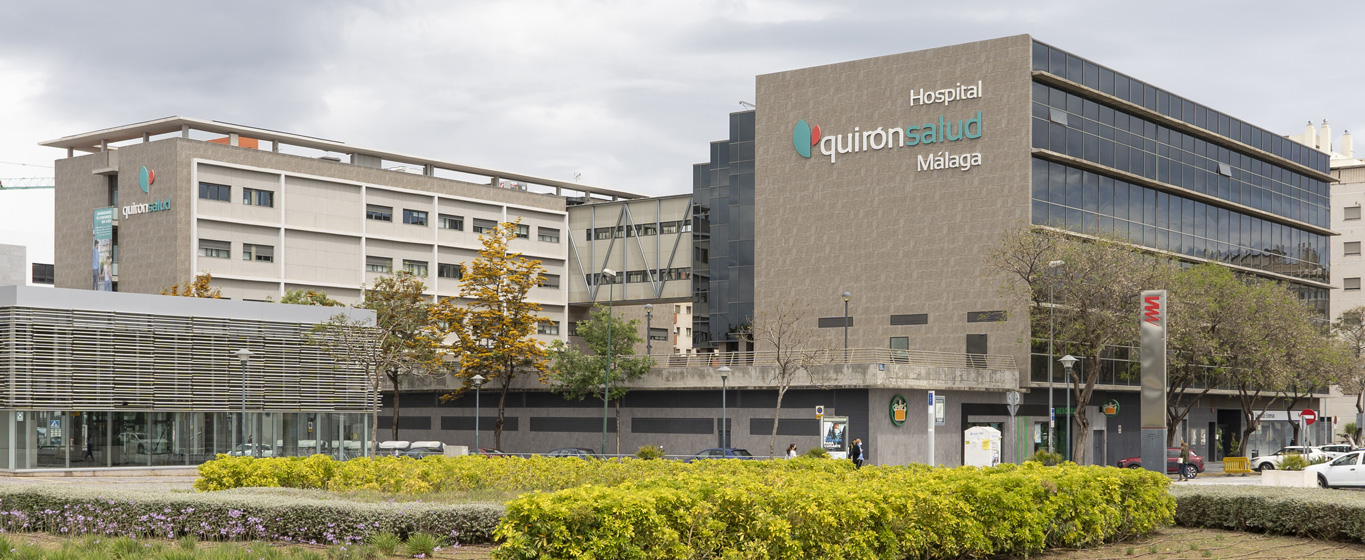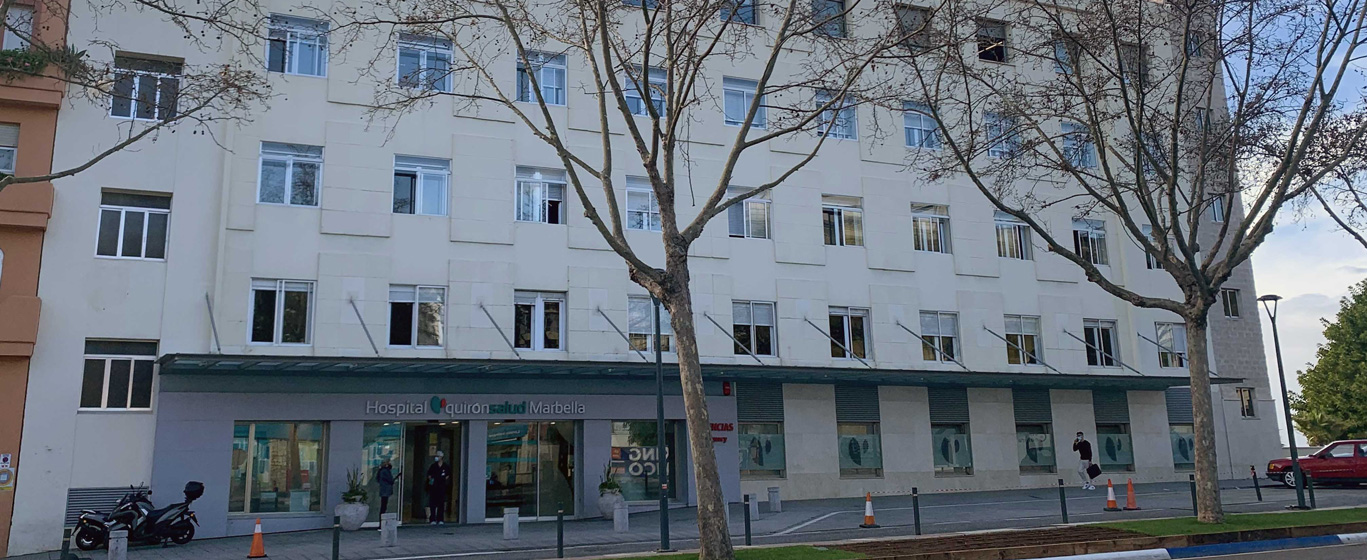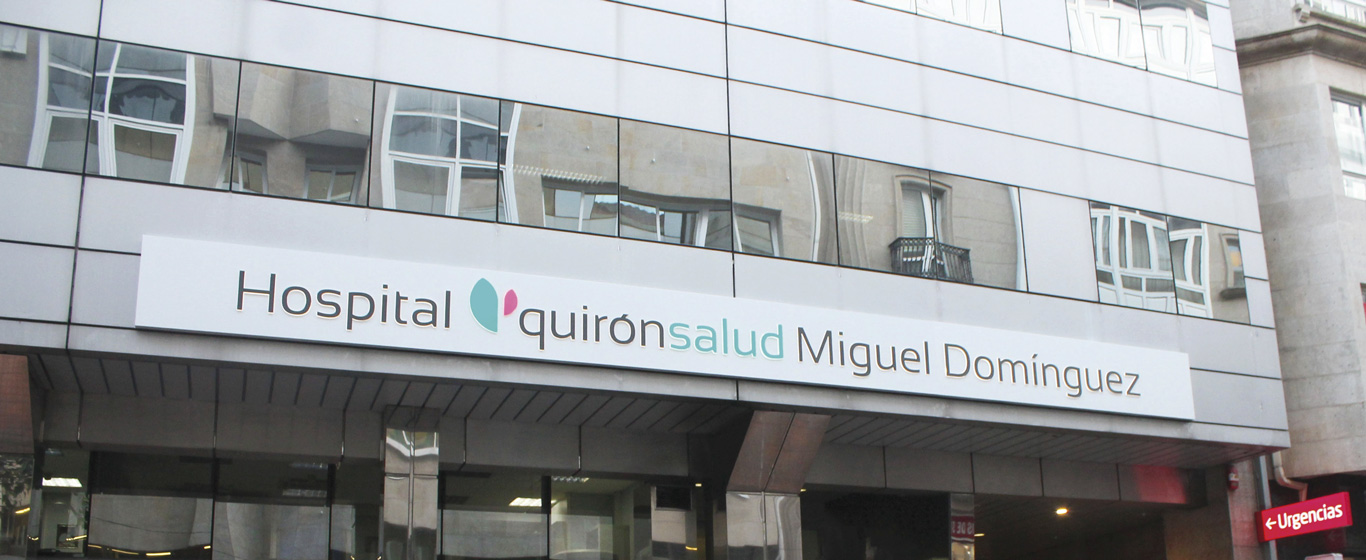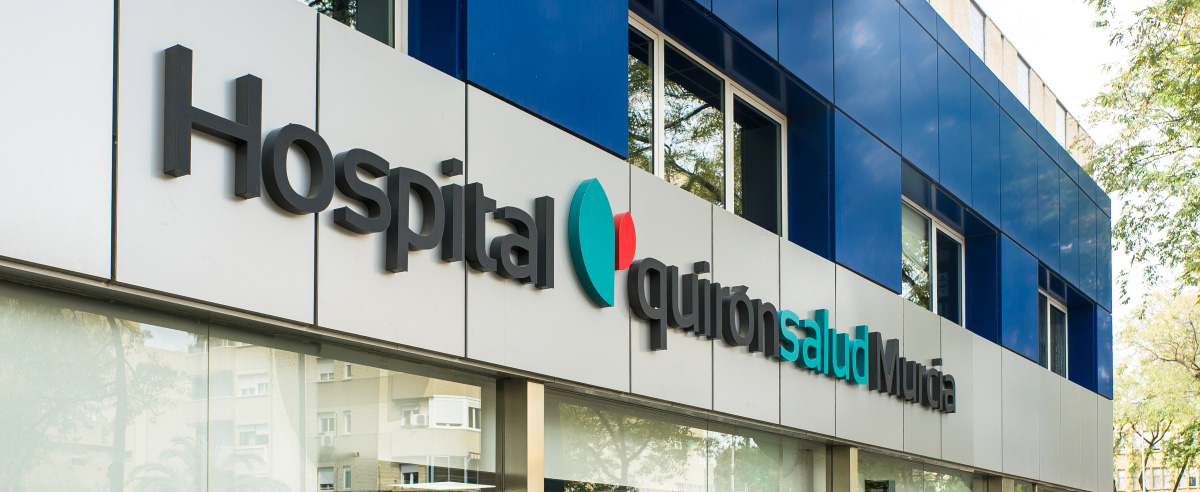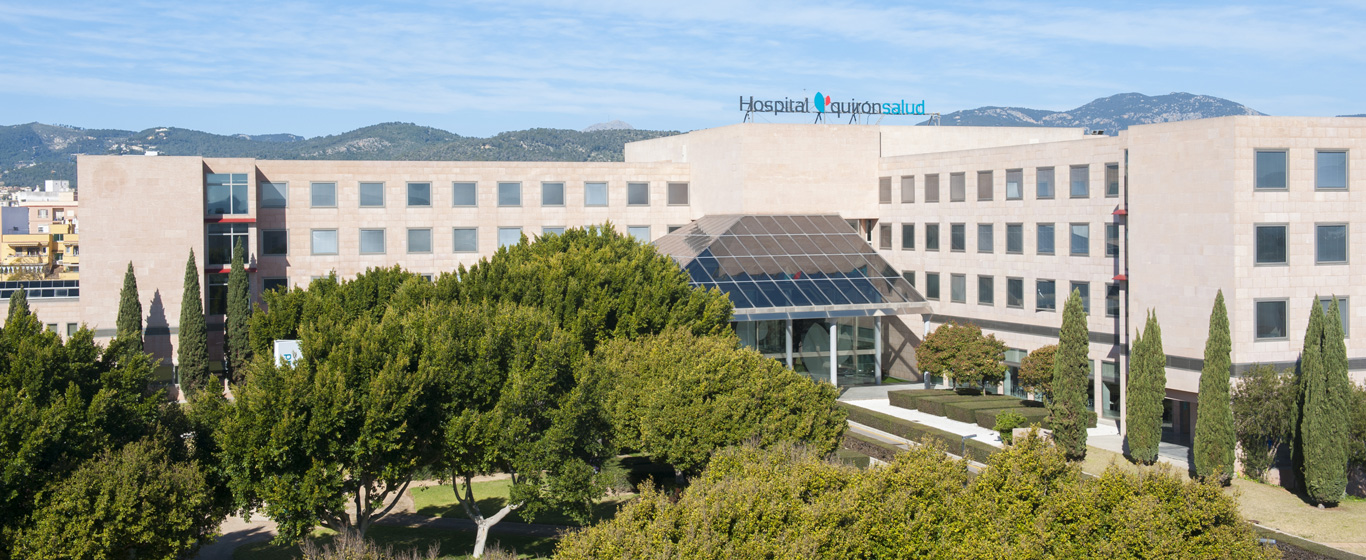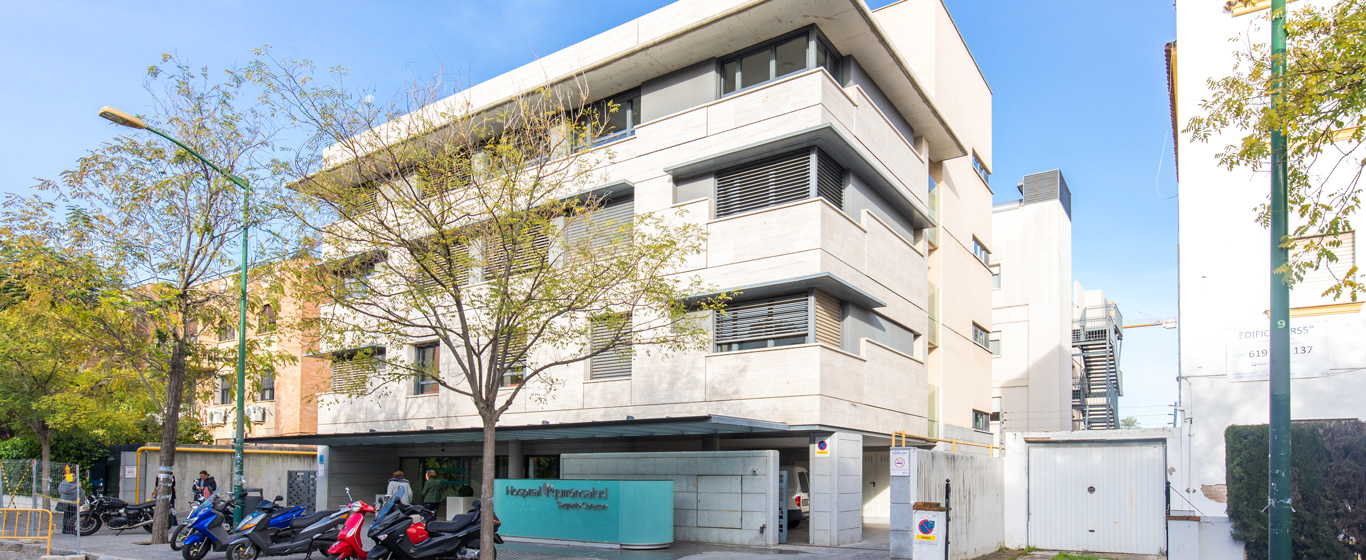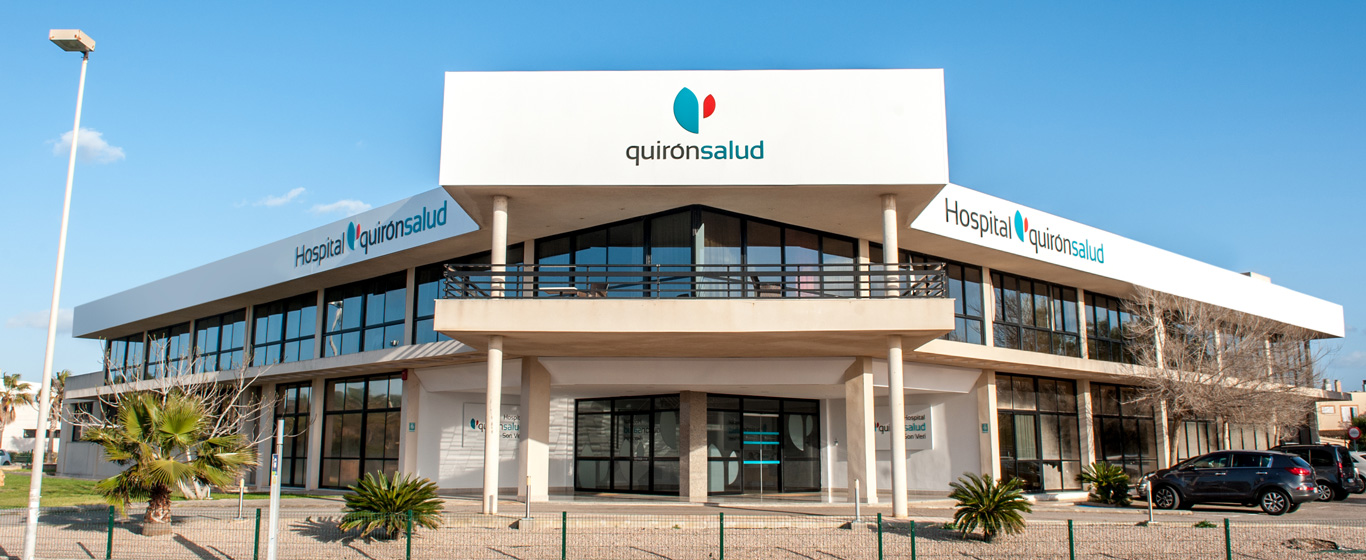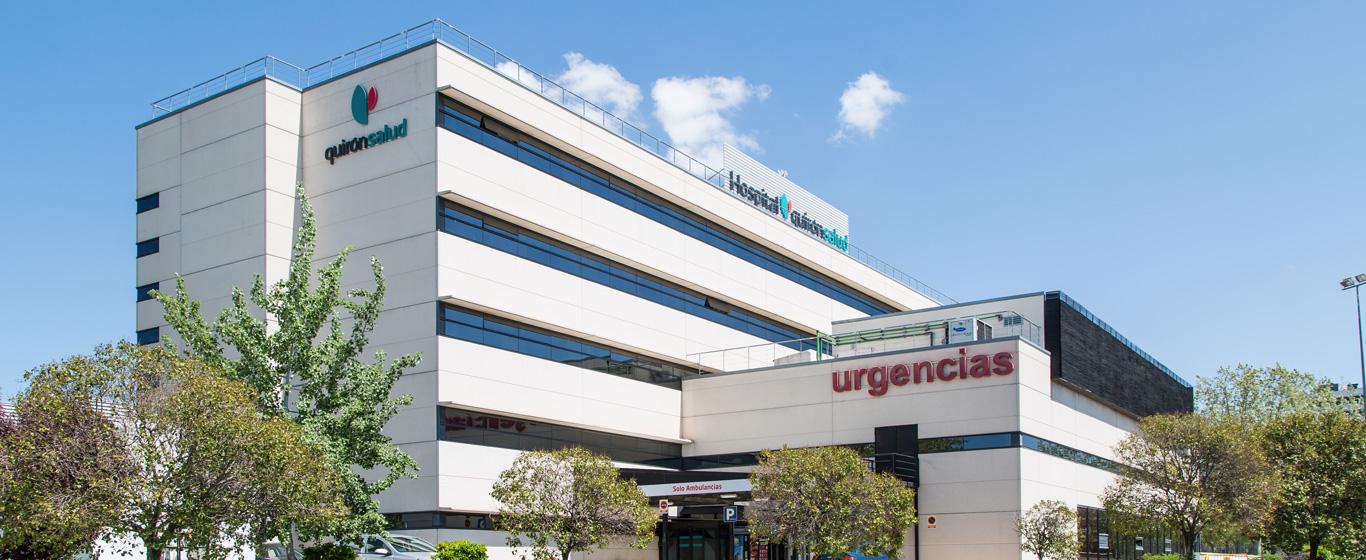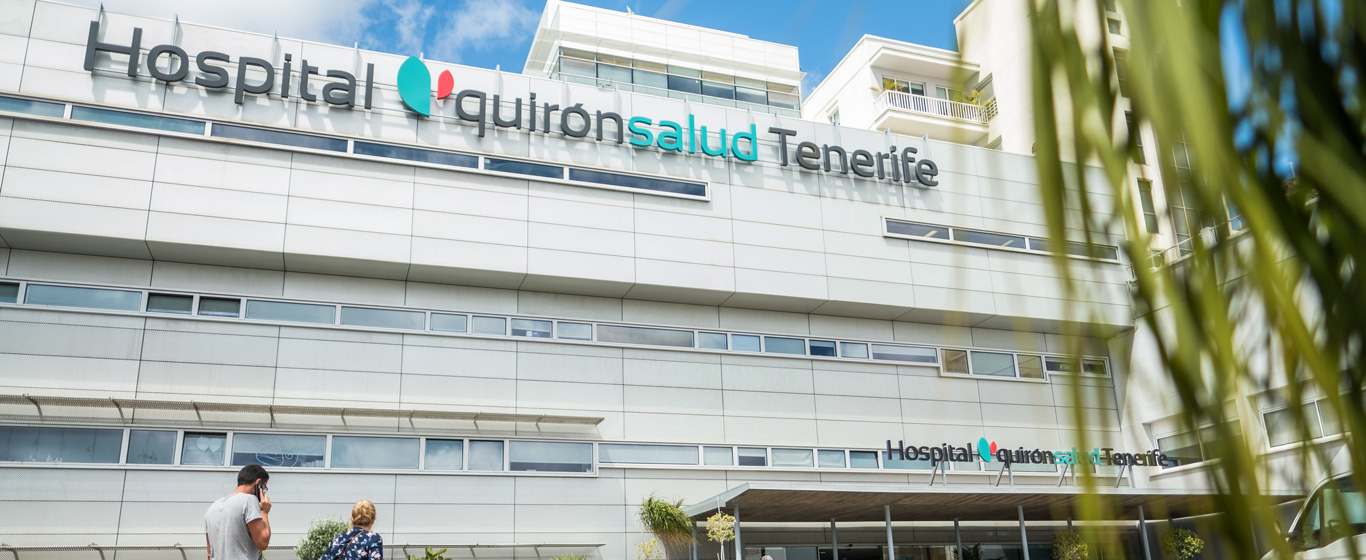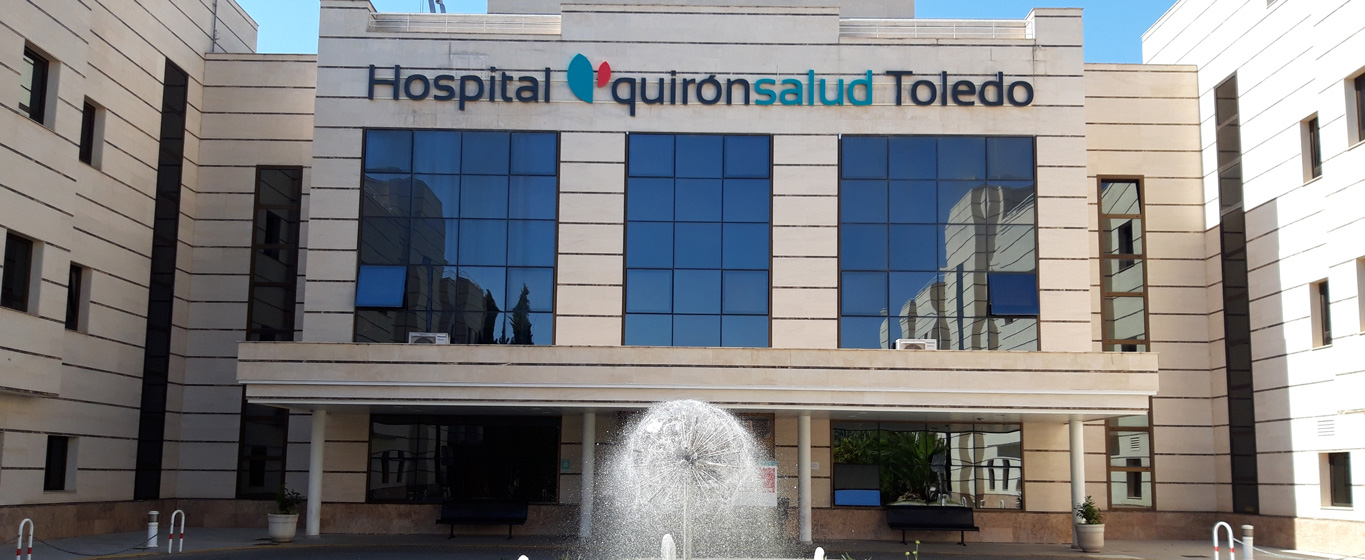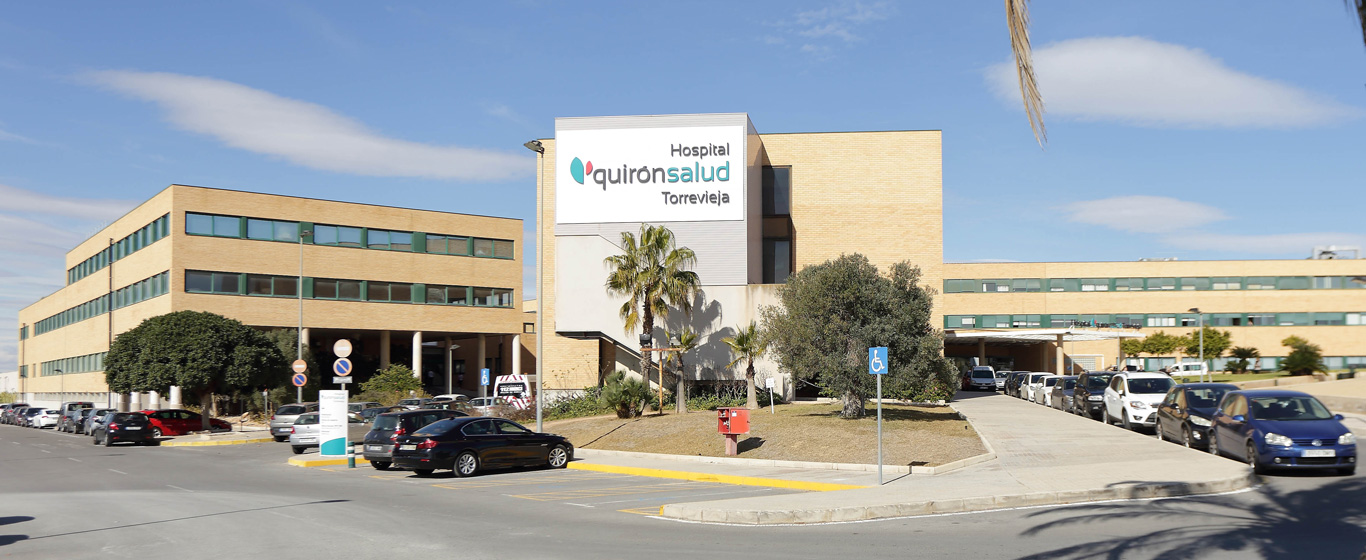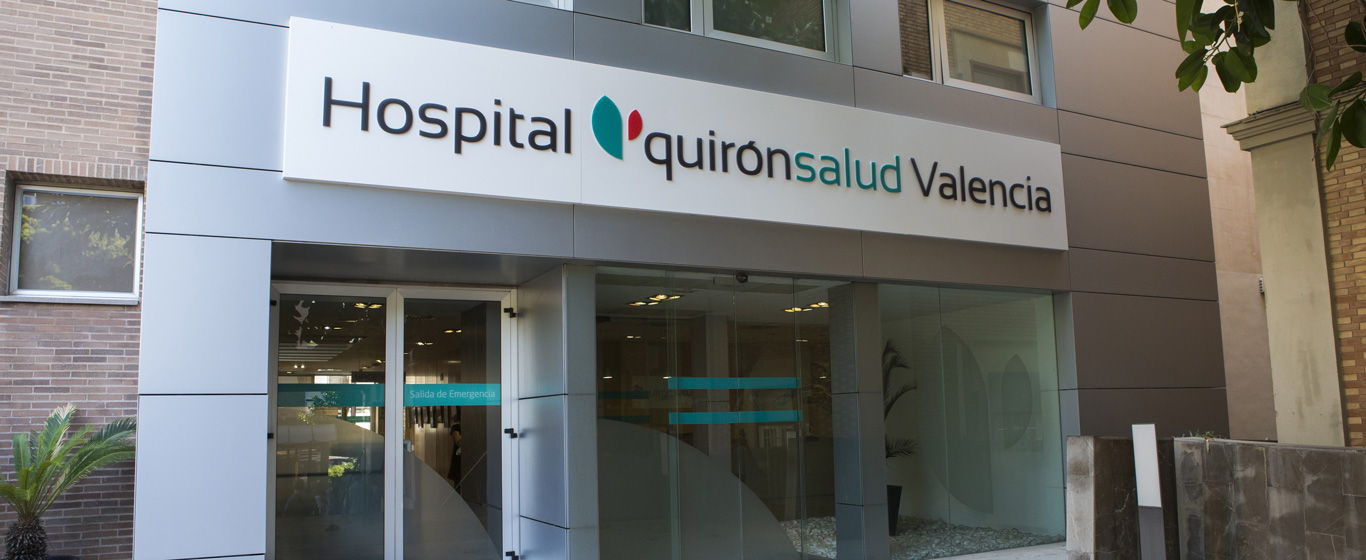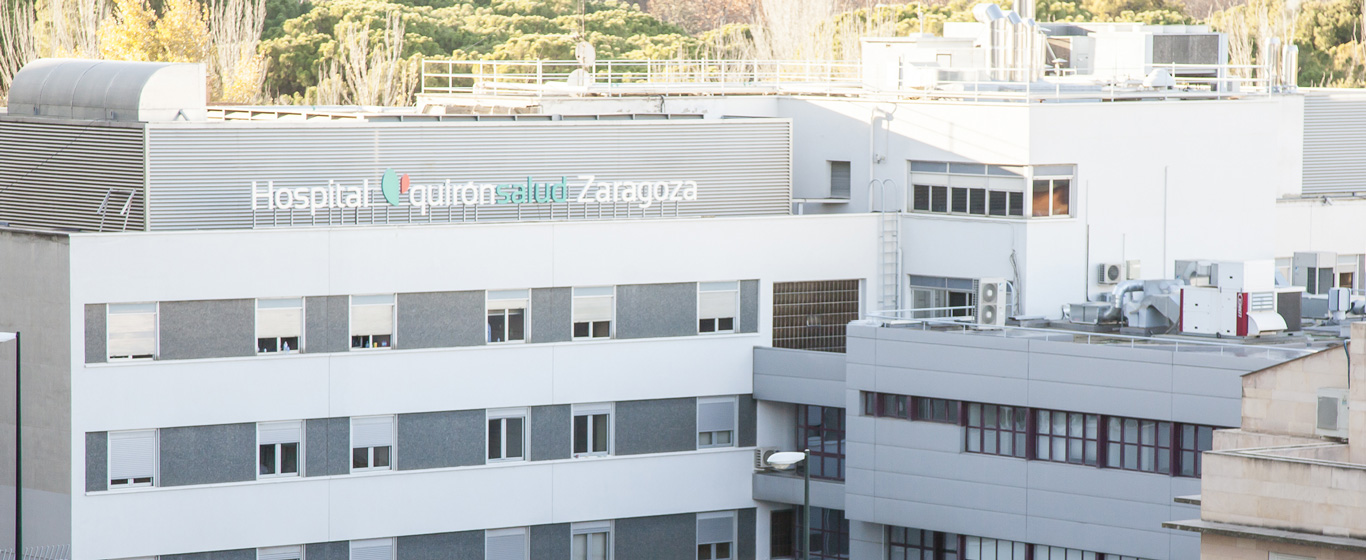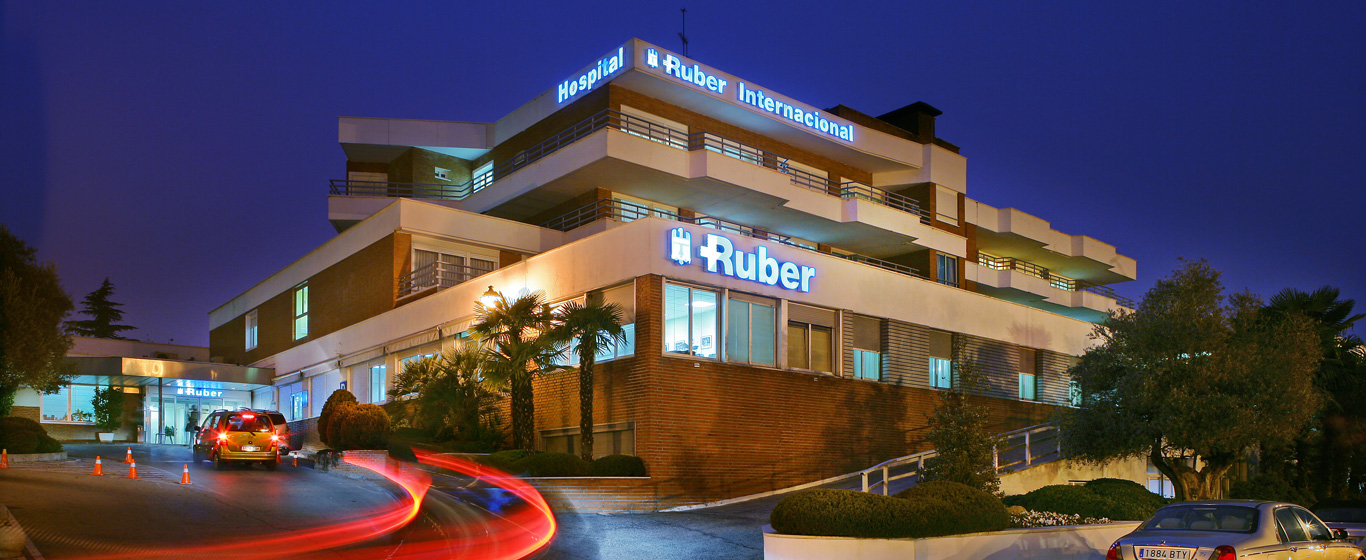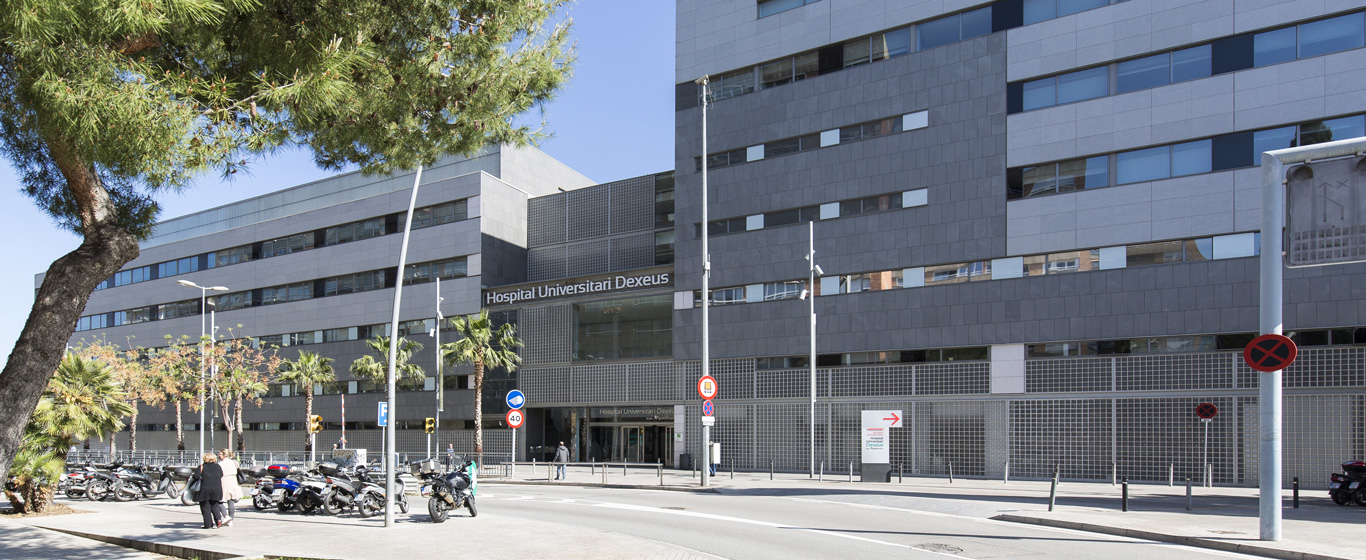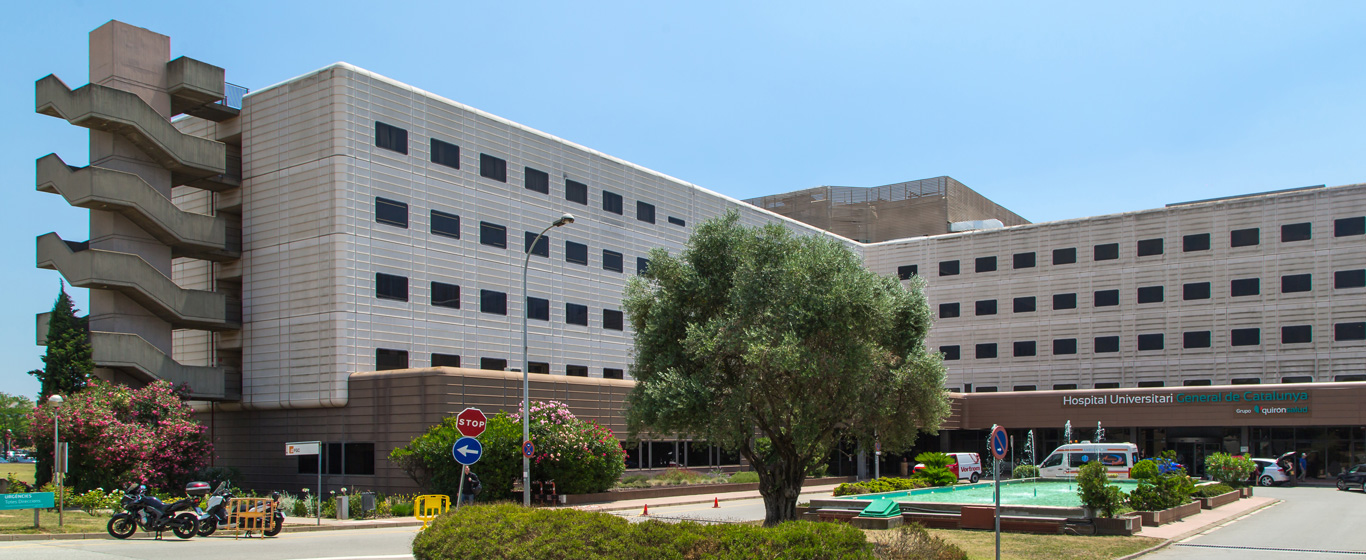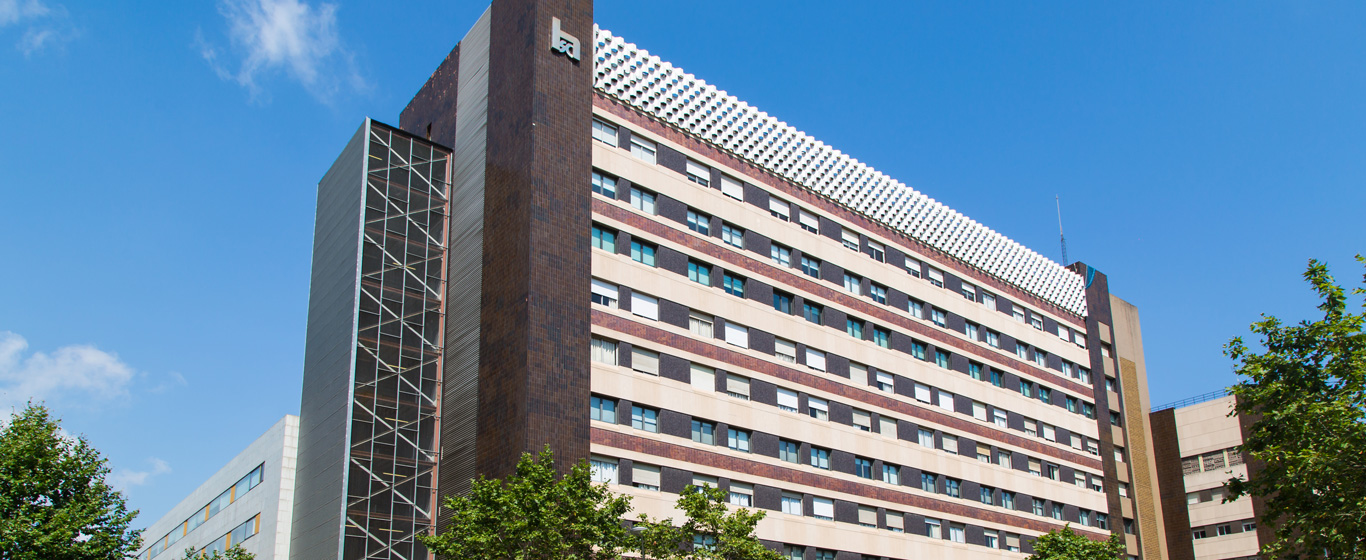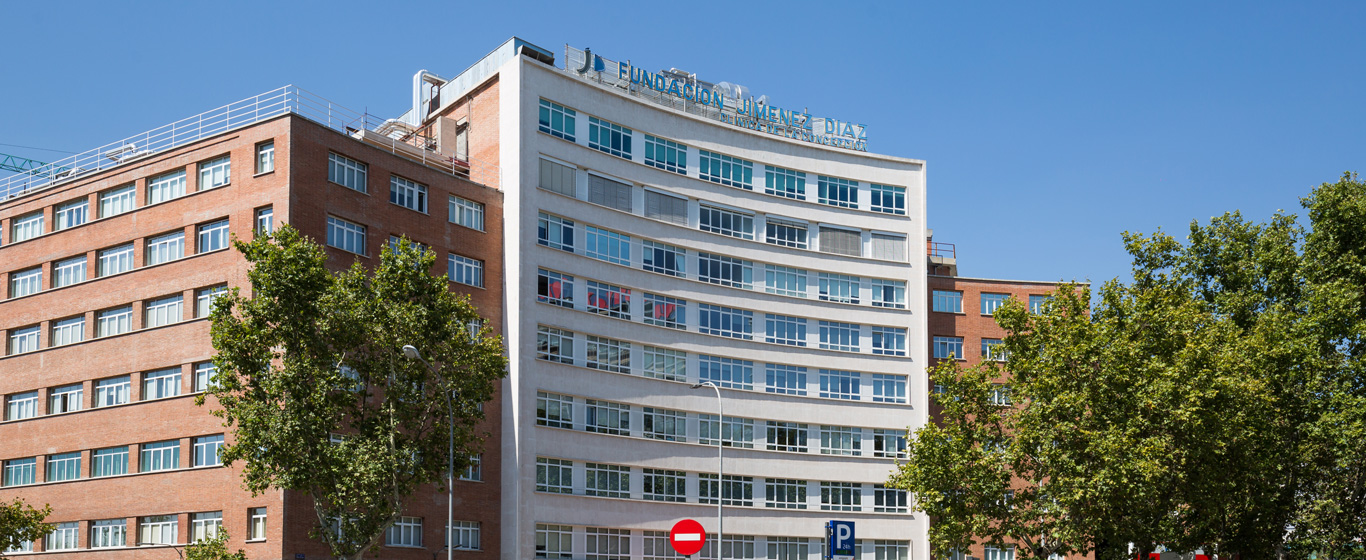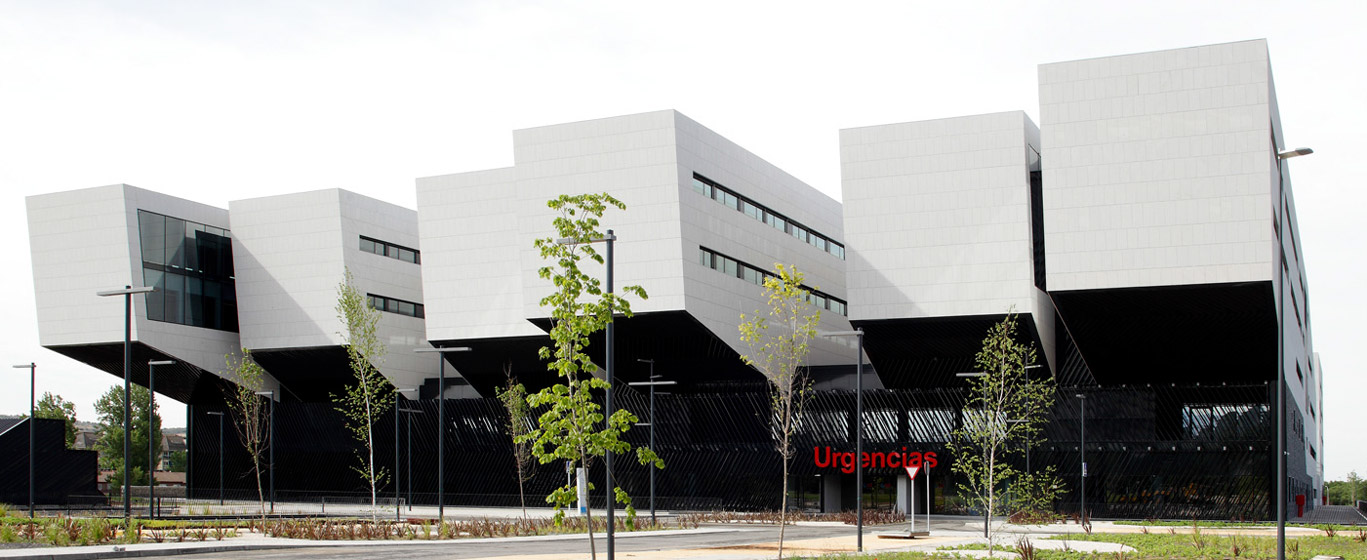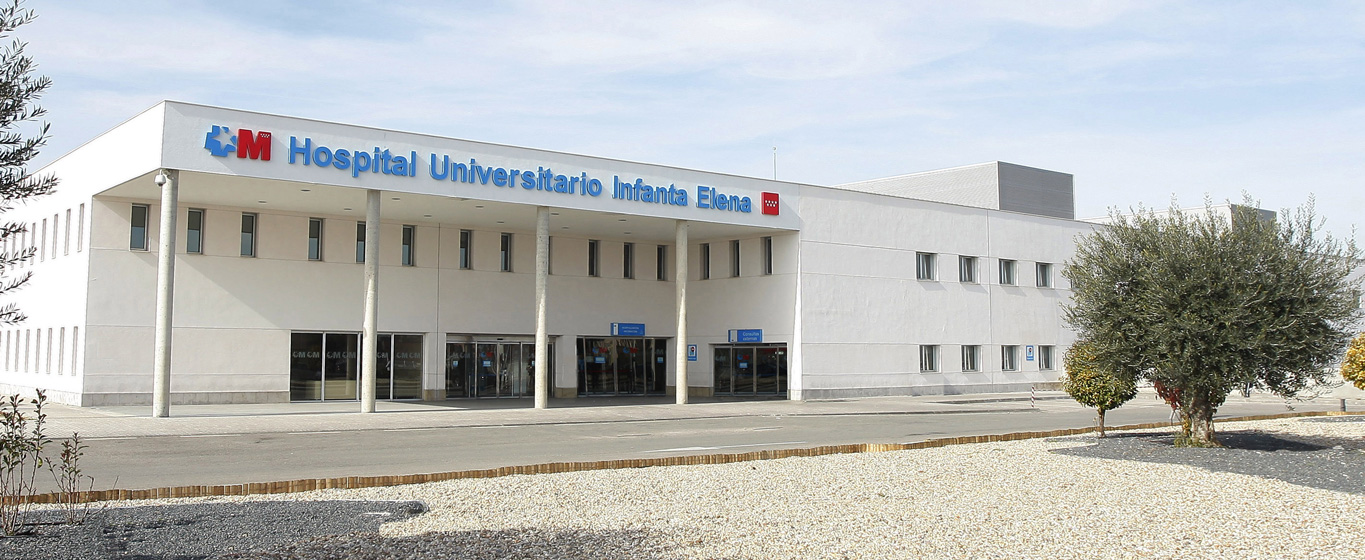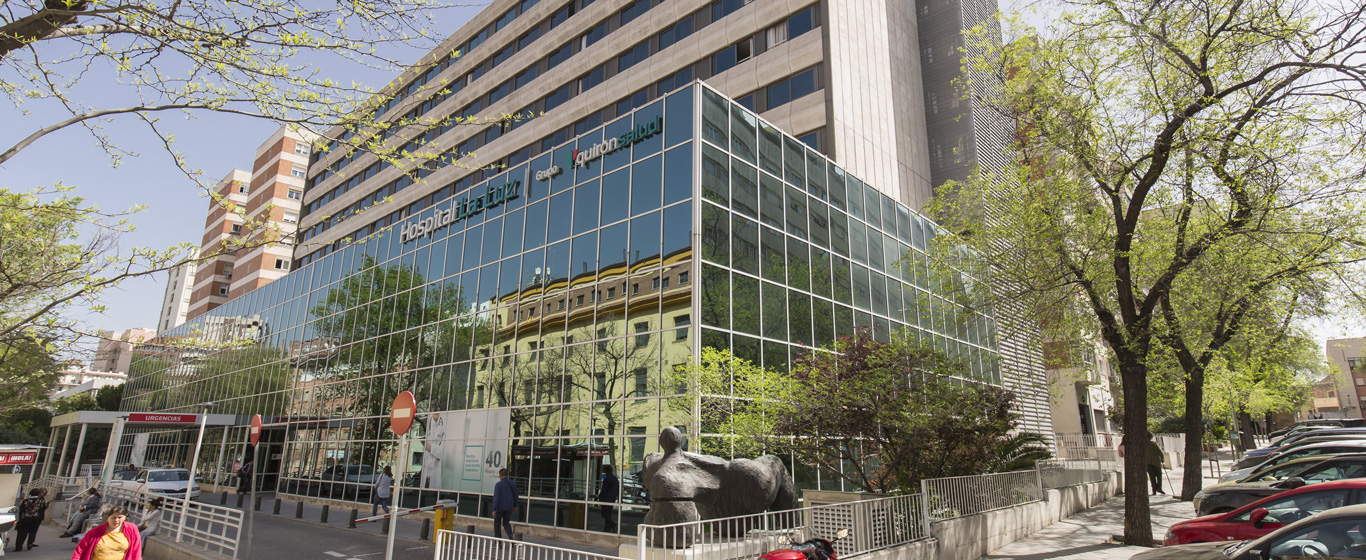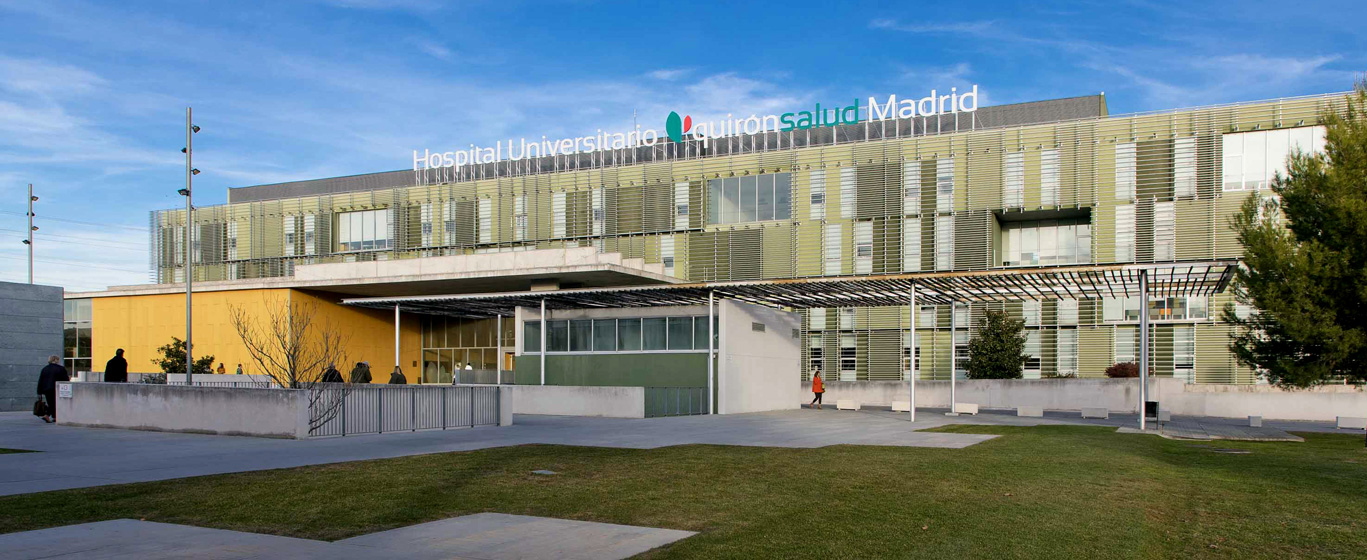Hospital and primary care pharmacy
Clear up any of your doubts about hospital and primary care pharmacy: we will explain its areas of work, field of study and what techniques are used in the laboratory to prepare medicines, magistral formulae or serums.
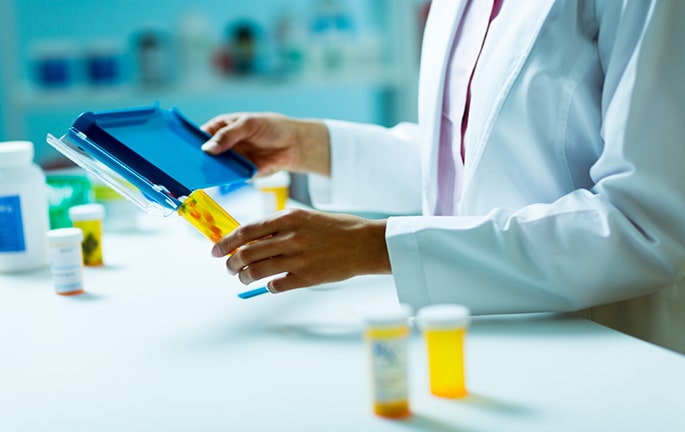
What is hospital and primary care pharmacy?
Hospital and primary care pharmacy is the pharmaceutical specialisation in charge of handling the population’s pharmacotherapeutic needs, through the selection, procurement, preparation, monitoring, dispensing and information of medication, as well as other activities aimed at ensuring suitable, safe and cost-effective use of medicines and medical devices, for the benefit of patients treated in the hospital and its area of influence.
Pharmacy services are located in hospitals to serve inpatients and outpatients who come to collect medication that can only be obtained from the hospital pharmacy.
It is a Central Service that carries out healthcare and logistical activities, and interacts with the Clinical Services.
What does hospital and primary care pharmacy study/treat?
Hospital pharmacists are responsible for ensuring that patients receive medicines appropriate to their clinical needs, in doses that meet their own individual requirements, for an adequate period of time, and at the lowest cost to them and their community (WHO, 1985). They also perform clinical research and teaching work, as well as educating and informing patients and healthcare professionals about medicines.
The remit of the speciality of hospital and primary care pharmacy is divided into several areas:
- Management: purchase of medicines or the raw materials required for their production if the speciality is not available on the market, custody, storage and stock control.
- Healthcare and dispensing: medicines are dispensed to hospitalised patients according to the prescribed dosage for each time of day, and to non-hospitalised patients in the pharmacy.
- Research: custody, participation and preparation of medicines for clinical trials.
- Information: advice to doctors on the prescription and effects of certain medicines and information to patients on taking medication.
- Processing medicines and mixtures: preparation of drugs, serums, parenteral nutrition or intravenous mixtures.
- Pharmacovigilance: information is collected on the adverse effects of specific medicines and reported to the health authorities.
- Clinical pharmacokinetics: monitoring of the blood levels of certain drugs to avoid toxicity and ensure their efficacy.
Techniques, procedures and diagnostic methods
The techniques used in pharmacy laboratories often focus on the manufacture of medicines or mixtures required in hospitals to improve the lives of patients. Different technologies are developed to create them, including:
- Horizontal flow hood: used for the preparation of serum, magistral formulae, parenteral nutrition or certain types of antibiotics. Its function is to create a sterile, particle-free zone with HEPA (High Efficiency Particle Arresting) filters to prevent samples from becoming contaminated. This type of laminar flow hood produces less turbulence in the air streams, meaning better protection of products.
- Vertical flow hood: used in the preparation of cytostatics (substances that stop cell growth) and magistral formulae. Should be avoided when handling hazardous substances, as its configuration allows contaminated air to escape outside. This type of device offers greater protection for laboratory technicians.




